Coore & Crenshaw Roots Run Deep in Pinehurst
Coore & Crenshaw Roots Run Deep
By Lee Pace
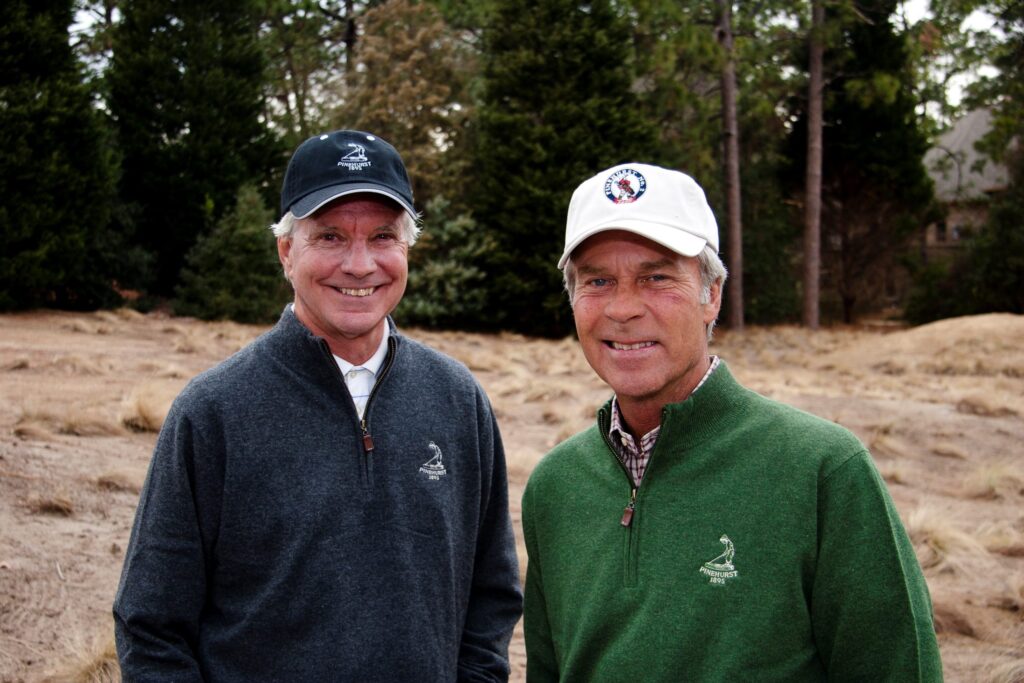 Golf architects Bill Coore and Ben Crenshaw each have a significant tie to the Sandhills and Pinehurst No. 2 from their respective early days in golf.
Golf architects Bill Coore and Ben Crenshaw each have a significant tie to the Sandhills and Pinehurst No. 2 from their respective early days in golf.
Coore was born in 1946 and grew up in nearby Davidson County. As a boy, he made frequent trips with adult golf friends and boys his own age to Pinehurst to play limitless summertime golf on No. 2, this before the advent of air conditioning and Pinehurst becoming a year-round resort.
“We’d tee off at daybreak,” Coore says. “It was five dollars. You got a little tag, a paper tag to put on your bag. We would start walking and playing. Far more than a few times we’d play 54 holes in one day, carrying our bag, on the No. 2 course. That was my earliest memory. It’s just an incredible place.”
Crenshaw was 21 years old when he joined the PGA Tour in 1973 after having won three NCAA individual titles at the University of Texas. His second professional event was the 1973 World Open, contested on the No. 2 and No. 4 courses during two weeks in November. Crenshaw finished second to Miller Barber and shot a 64 in one of the rounds.
 “It was my first trip to Pinehurst,” Crenshaw says. “I’d seen it in books, but when you see it, feel it, it’s something completely different about it. It’s a thinking man’s test. My earliest ideas on golf course architecture incubated at Pinehurst.”
“It was my first trip to Pinehurst,” Crenshaw says. “I’d seen it in books, but when you see it, feel it, it’s something completely different about it. It’s a thinking man’s test. My earliest ideas on golf course architecture incubated at Pinehurst.”
Coore played golf at Wake Forest in the late 1960s and evolved into a career in golf course construction and design. Crenshaw carved a legendary career on the PGA Tour — with 30 victories and two Masters crowns — and they joined forces as a design team in 1985. After putting together a portfolio throughout 25 years that included noted courses such as Sand Hills, Chechessee Creek, Friar’s Head and Dormie Club — located just outside the Village of Pinehurst — Coore and Crenshaw were hired by Pinehurst Resort officials in 2010 to supervise a restoration of No. 2. The designers used their talent for creating natural looking holes with a minimal of fanfare and took No. 2 back to its mid-1900s heyday — wide fairways, unkempt bunkers, native roughs of hardpan sand and wire grass, and firm, bouncy fairways.
The assignment came at the behest of Pinehurst owner Robert Dedman Jr. and Pinehurst Resort President Don Padgett II, the latter a former tour pro who believed No. 2 had lost its way amidst the golf industry’s predilection for burnishing thick rough to combat the escalating distances that golf balls were flying in the early 2000s.
“It was a bold stroke to attempt to take Pinehurst No 2 back to the way it looked for all its glory days,” USGA Executive Director David Fay said in November 2010, just six weeks before announcing his retirement from the USGA. “It would be much the same as Oakmont showing its boldness by pulling out all those Christmas trees planted in the 1950s.”
Coore & Crenshaw used the center-line irrigation pipes that had existed from the mid-1930s to frame their shaping of the fairways, and they used aerial photos from the 1940s to further restore fairway dimensions and bunker shapes and placement. The architects also used many of the hundreds of photos in the Tufts Archives and their own experiences on the course as well, with Coore’s memories going back as far as his boyhood days in the 1960s. But none were as helpful as those irrigation lines and aerial photos.
“The photos and the old mainline irrigation pipes took the guesswork out,” Coore says. “We could base what we did on fact, not on supposition or opinion. We were tip-toeing around and a little reluctant at first. We got bolder once we had those pieces of the puzzle. We had evidence.”
The resulting course that reopened in the spring of 2011 was embraced by club members, resort guests, the national golf establishment and competitors in the 2014 U.S. Open. No. 2 had regained its essential character, a set of values instilled by architect Donald Ross in the manner of his home course in Scotland, Royal Dornoch Golf Club.
“We take great satisfaction in that it turned out well and it’s gotten better,” Coore said five years later. “It’s everything we hoped it would be and more. And there’s a sense of relief, that it actually did work. We believed it would work, but when you do something this radical, this dramatically different, you never know for sure.”
After all, it would have been a monumental whiff to come to America’s golf mecca and create something at odds with its essential character.
“Apart from just the golf and architecture here, the feeling of the place, Pinehurst means so much to American golf,” Crenshaw says. “From the turn of the century it has always been a leader, and it always will. It’s been a mecca. To be asked to contribute our ideas here is a high, high honor. We think the world of this place.”
Chapel Hill based writer Lee Pace has written about golf in the Sandhills since the late 1980s and has authored a dozen books about clubs, courses and the people who’d made it special over more than a century.
Other Blogs
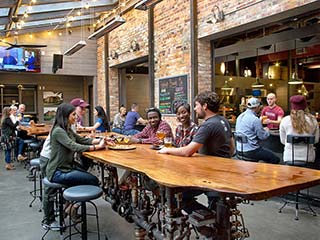
10 Great Things To Do
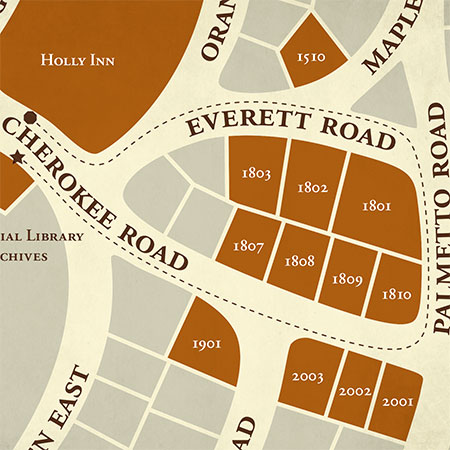
Discover The Path To Pinehurst’s Past

Insider Golf Tips
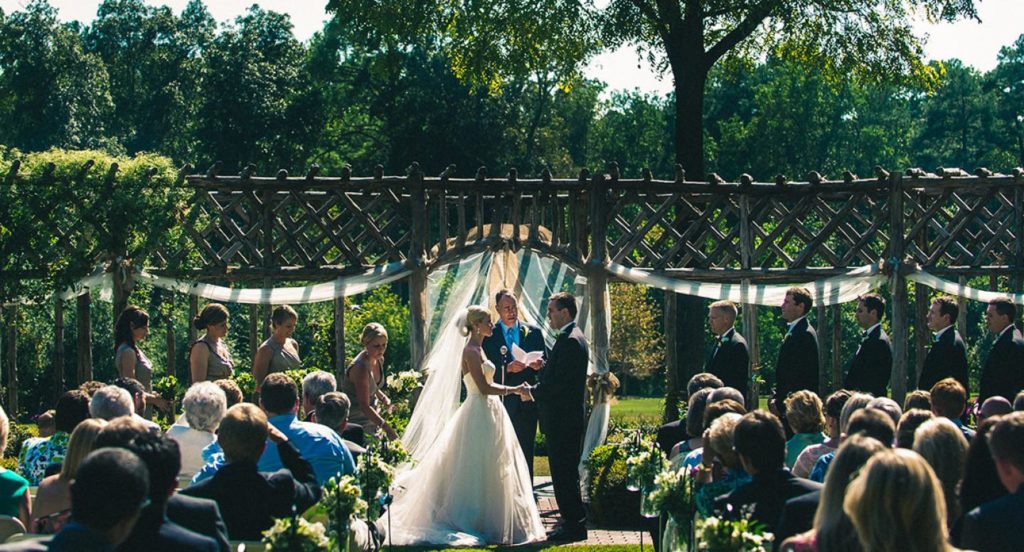
Unique Wedding Venues

North Carolina Couples Vacation
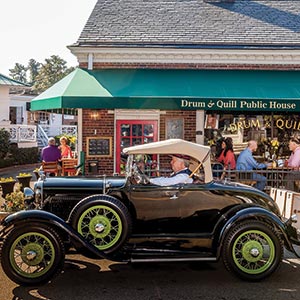
Our Favorite 19th Holes in the Home of American Golf

Girlfriend Getaways
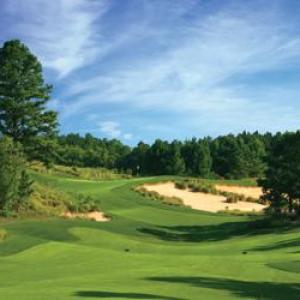
Tobacco Road: A Truly Unique Golf Adventure
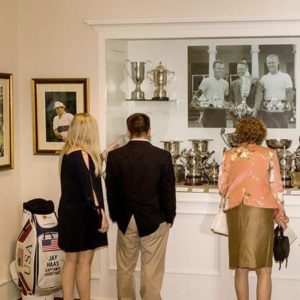
Carolinas Golf Association Hall of History

Where the Ladies Golf
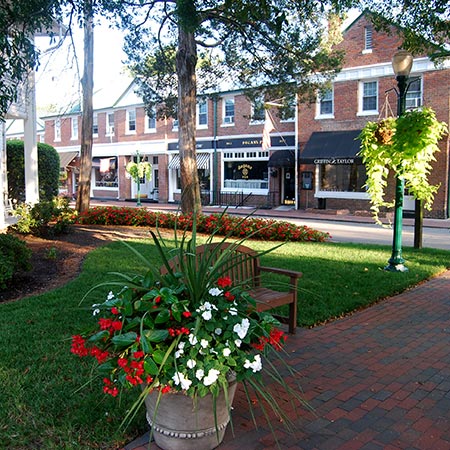
Romancing Pinehurst
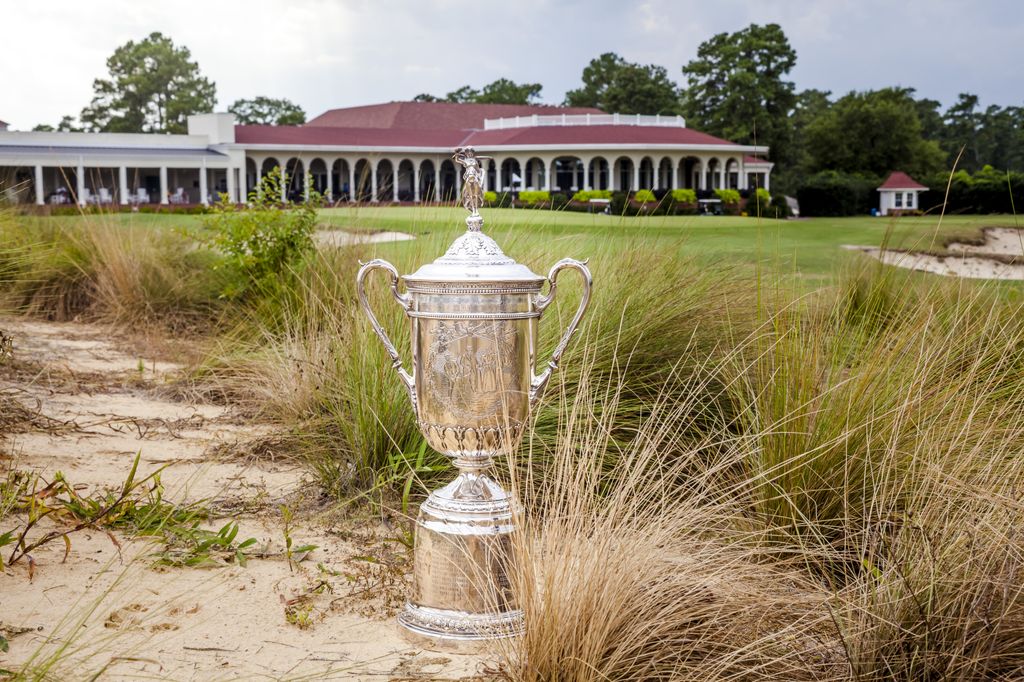
Home of American Golf and U.S. Open Connections
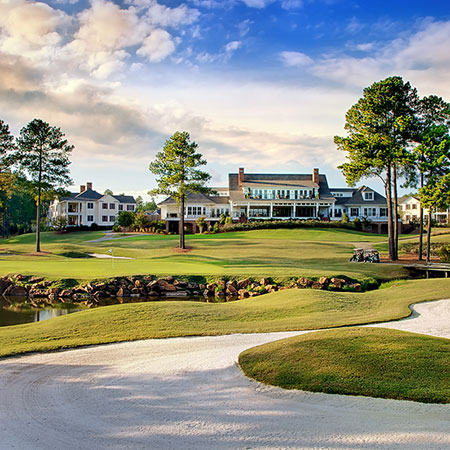
Former U.S. Open Champions Provide Pinehurst Area Some of Its Finest Designs
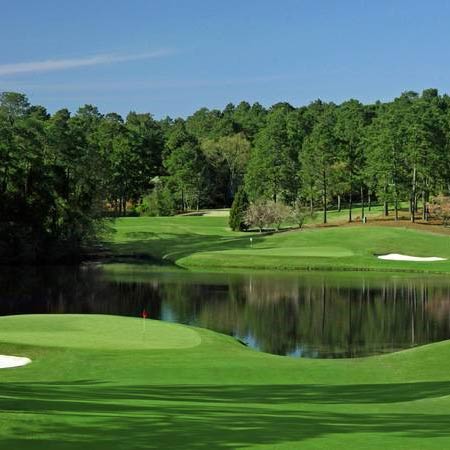
Donald Ross First of Many Architects to Design U.S. Open-Quality Courses in Sandhills
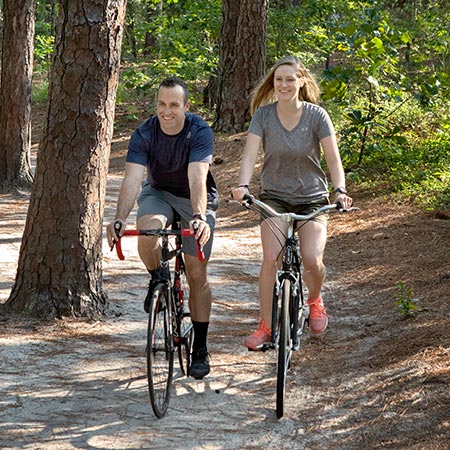
Sandhills Offers Outstanding Variety of Outdoor Activities
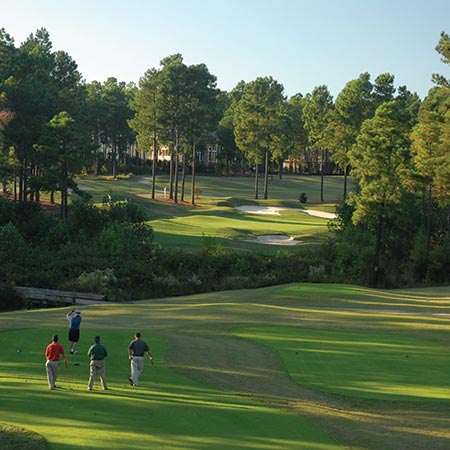
Buddy Golf Trip
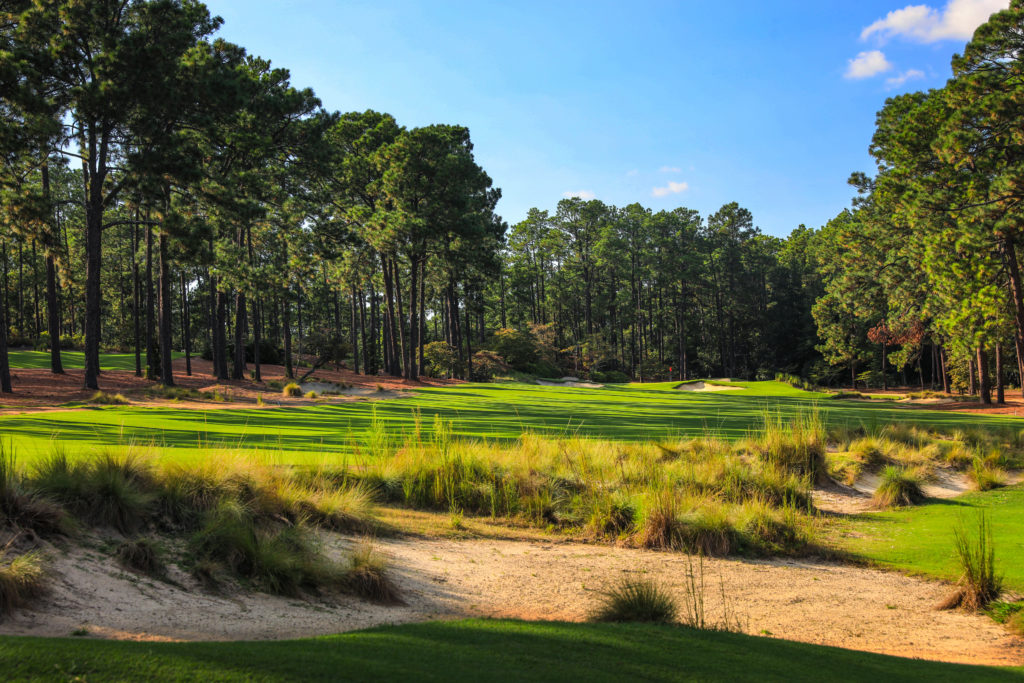
18 Holes of Local Knowledge for the Sandhills Golfer
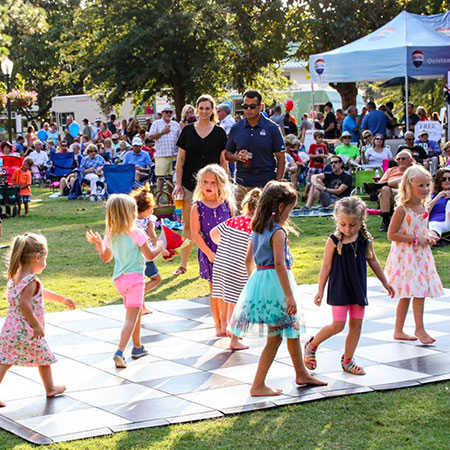
The Family Fun Trip
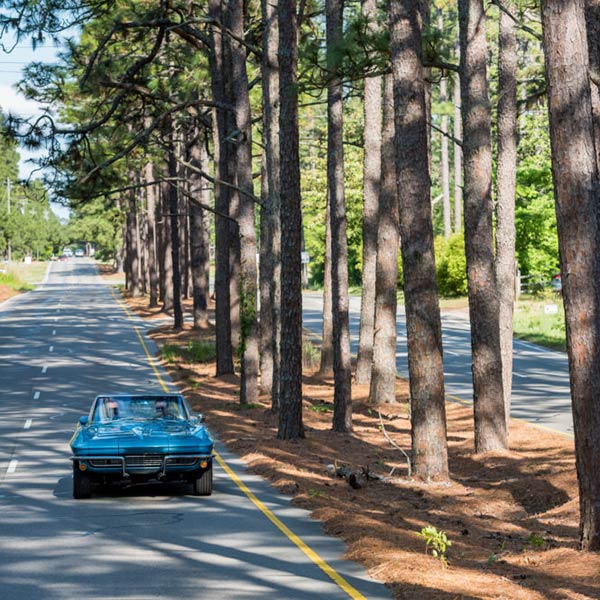
Midland Road: The “Fifth Avenue of Golf”

Collards, Community and Collaboration
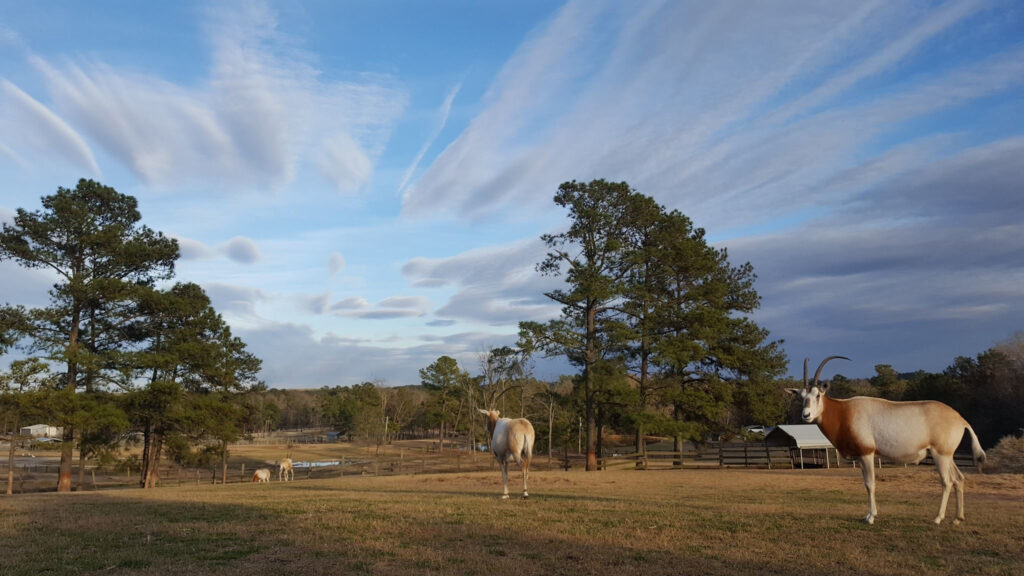
10 Little-Known Facts About North Carolina’s Pinehurst/Southern Pines Region

Sandhills Holiday Gift Guide
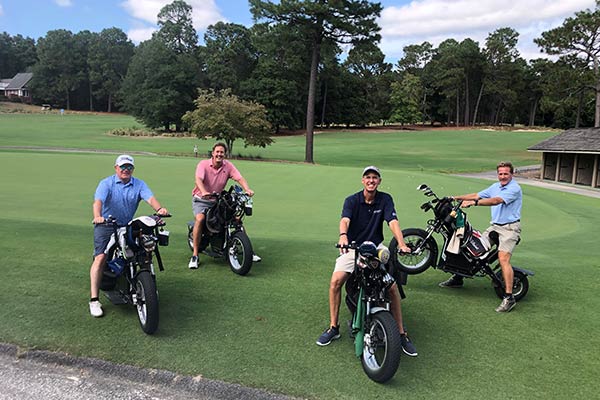
Spring Primer: Local Knowledge from the Home of American Golf

Our Favorite Coffee Shops in the Sandhills
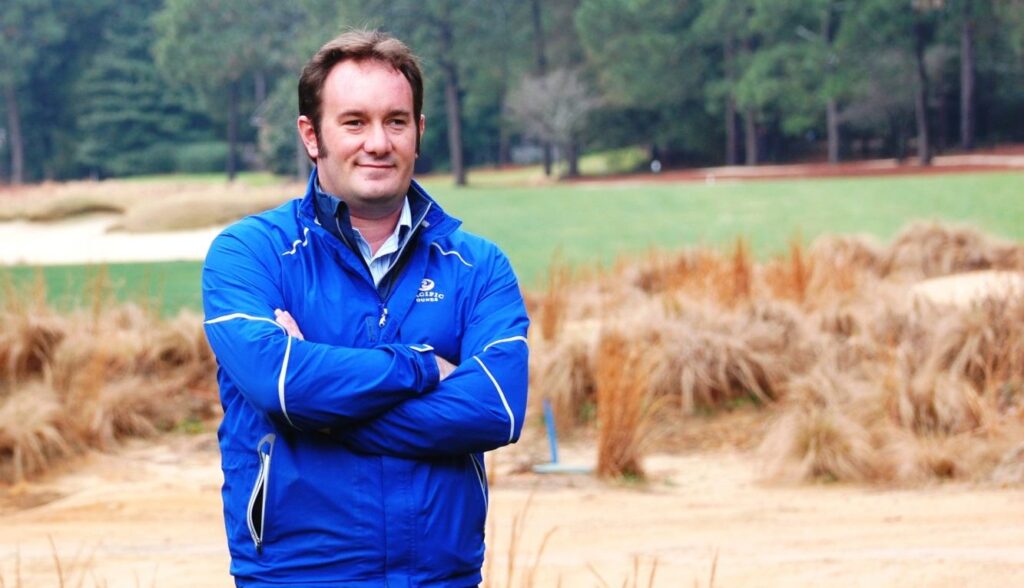
Franz Creating Legacy on the Links

Bring Fido! Pet-Friendly Finds Among the Pines
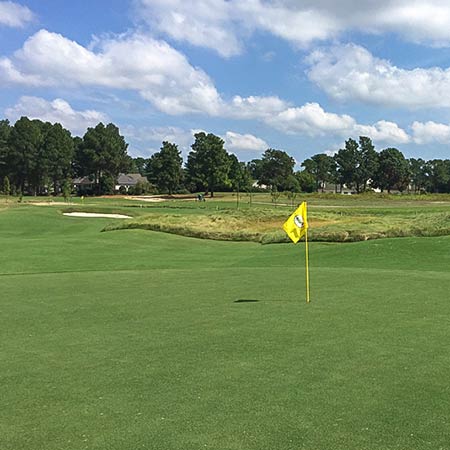
Bottlebrush: Pinehurst Area’s Best Kept Secret
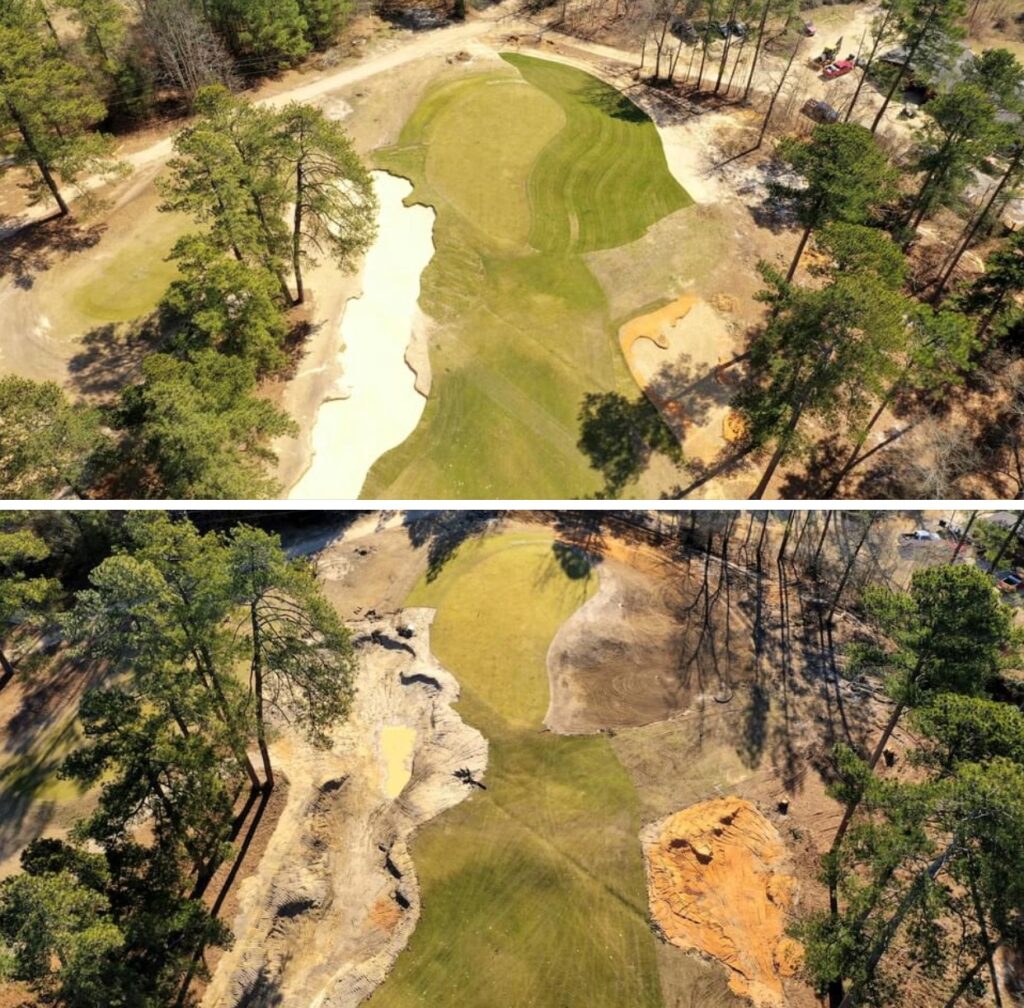
Franz Part 2: The Legacy Continues

Why Visit Pinehurst If You Don’t Play Golf?

First Timer’s Guide to Pinehurst
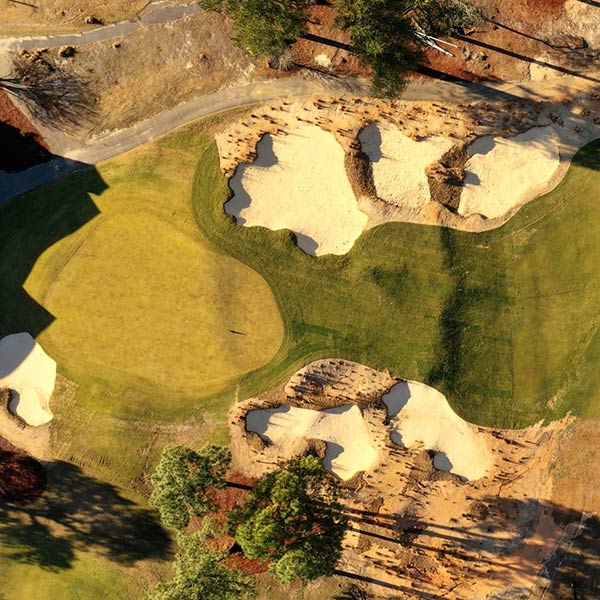
Franz Part 3: On Sandhills Topography
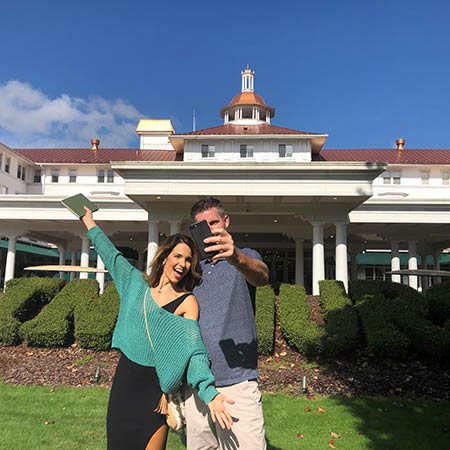
Top 10 Places for a #Sandhills Selfie
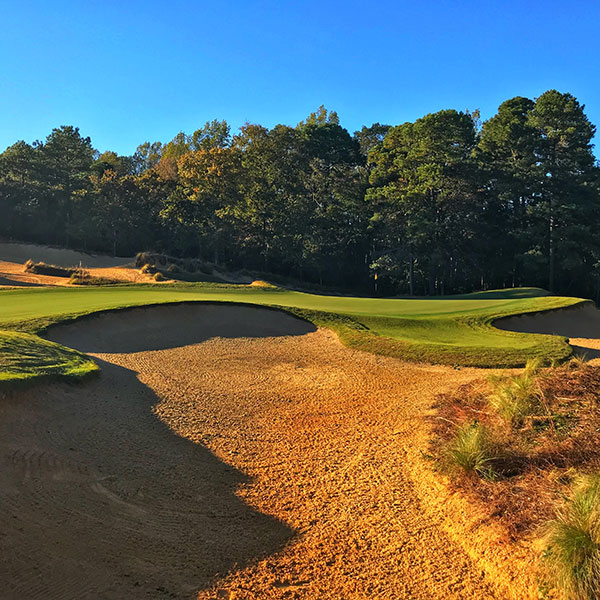
“Bermuda Revolution” Around Sandhills Leads to Ideal Year-Round Golf

Hunger Games – Sandhills Golfers Dining Guide
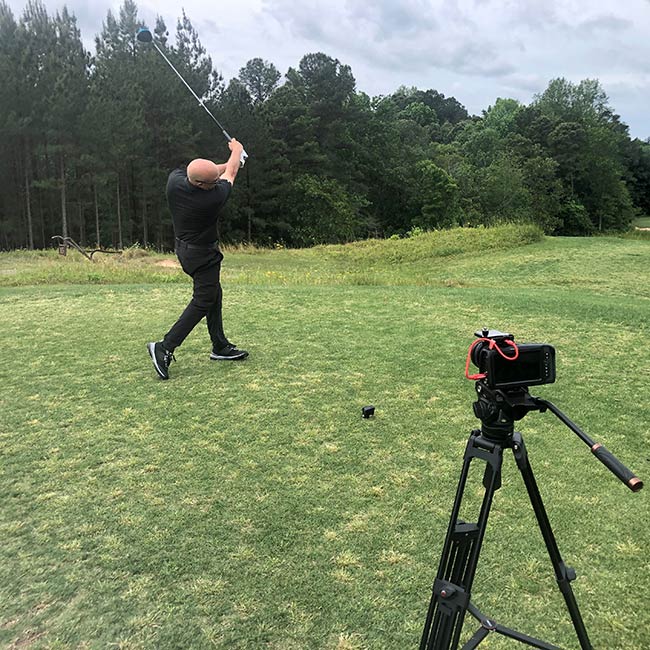
Episode 1: Golf Tips with Nick Bradley

Episode 2: Golf Tips with Nick Bradley

Sandhills Embraces Walking Culture
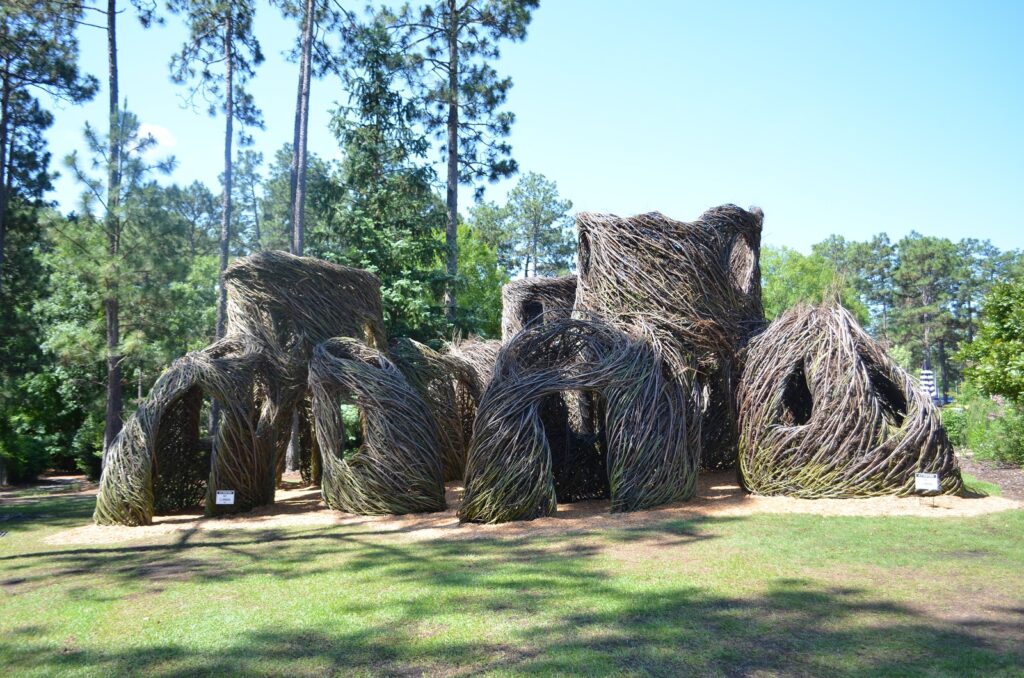
Patrick Dougherty: The Stickman Cometh

Dining A to Z

Fall Renewal in the Sandhills

Pinehurst’s Ryder Cup 1951

No. 2 Celebrates 10 Years

2004 Ryder Cup That Wasn’t
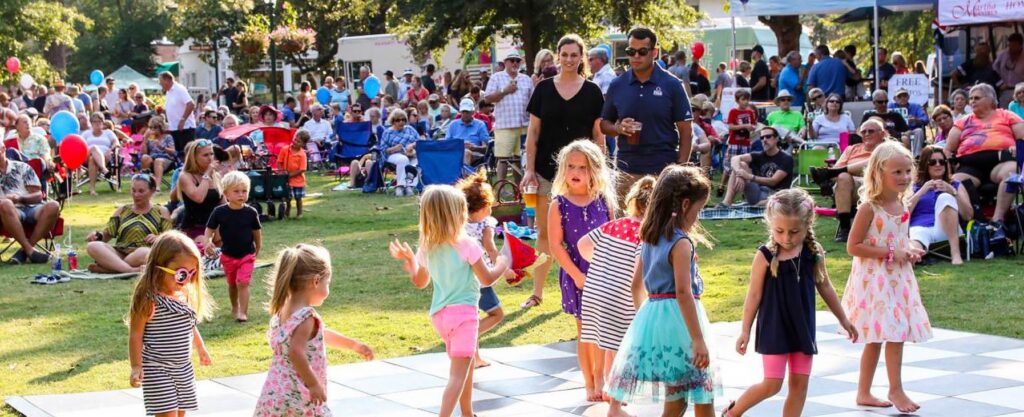
Family Fun in the Sandhills
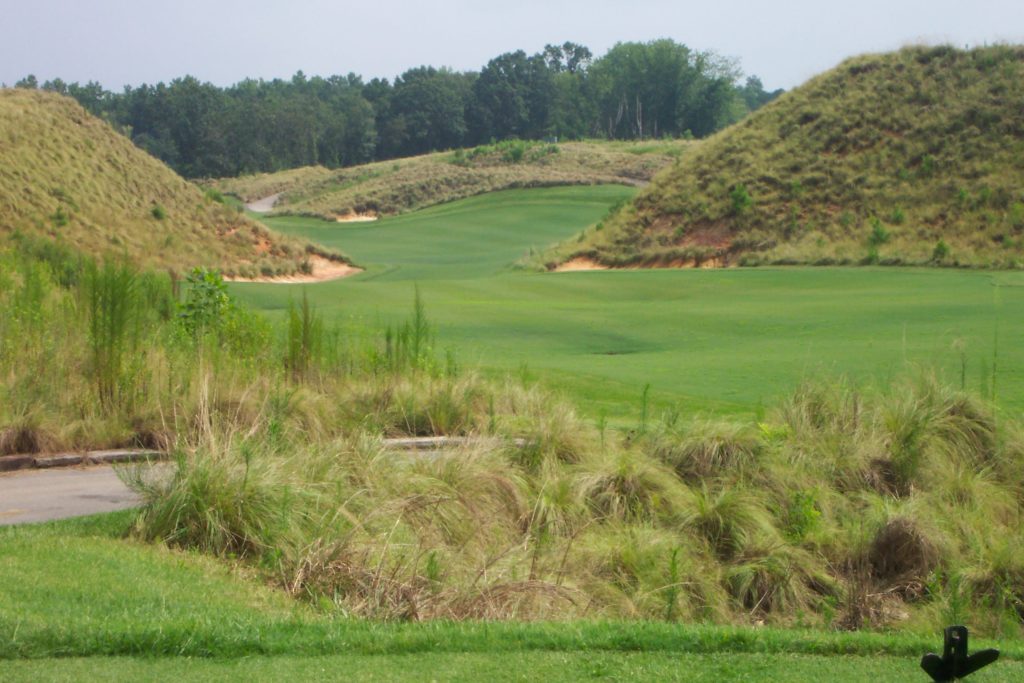
Remarkable Golf Stays in The Pinehurst Area

Couples Weekend Getaway Ideas

Nature’s Canvas: Tobacco Road

Perfect Getaway to Southern Pines

Culinary Discoveries in the Sandhills of N.C.

Restaurant Roundtable Q&A
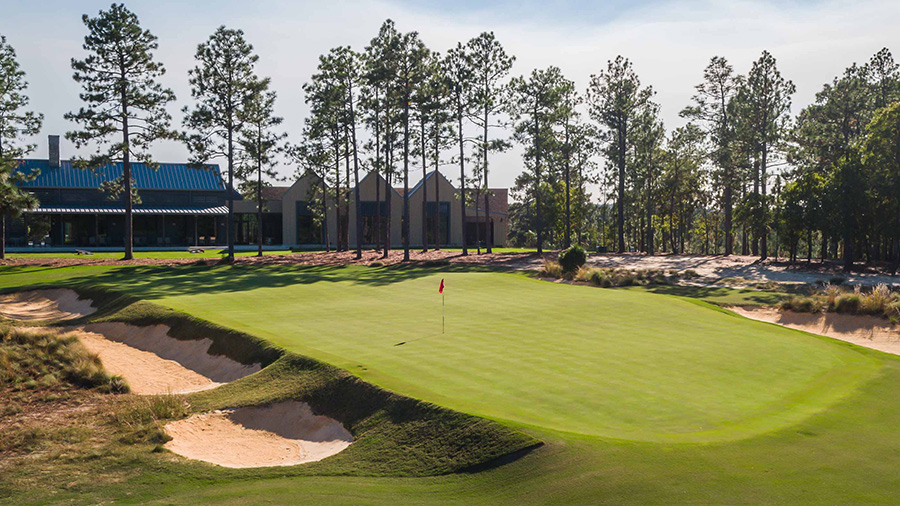
Dormie Club’s New Era
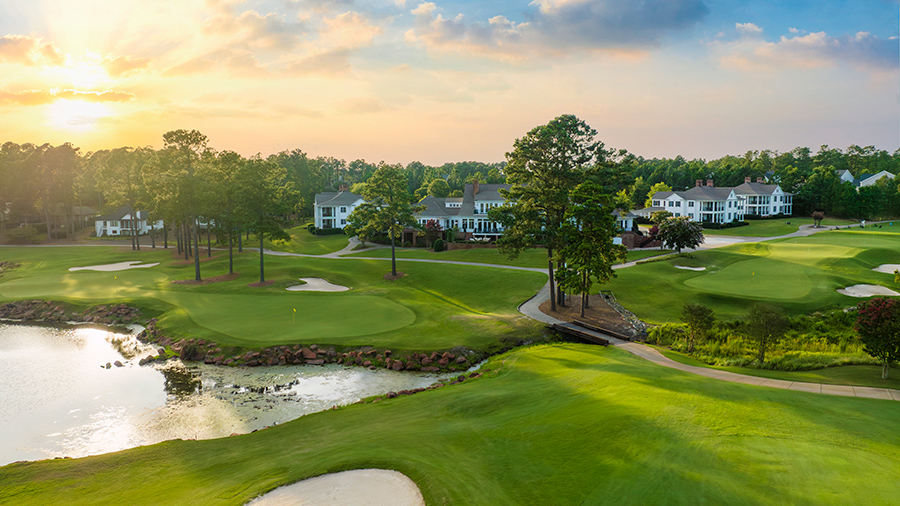
Talamore and Mid South: History of Their Own

Undiscovered Pinehurst

Off for Pinehurst
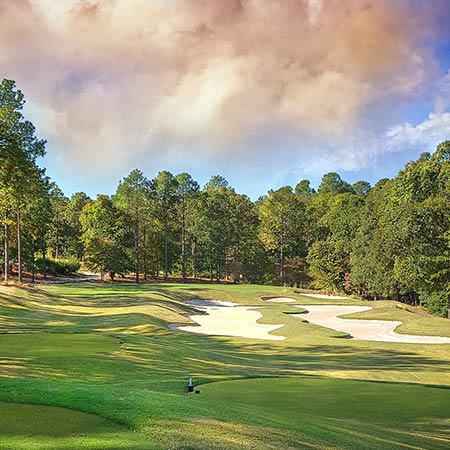
Talamore Doing More for 2022
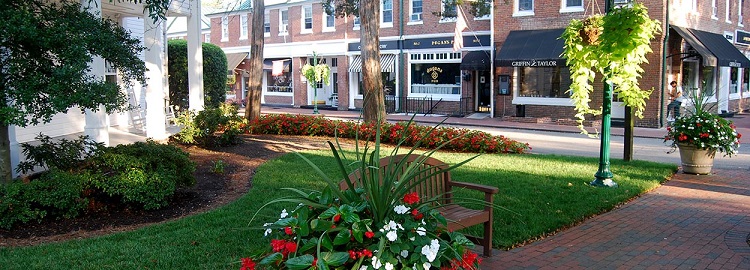
Romantic Gift Ideas In Pinehurst Area

Foodie Weekend in the Sandhills
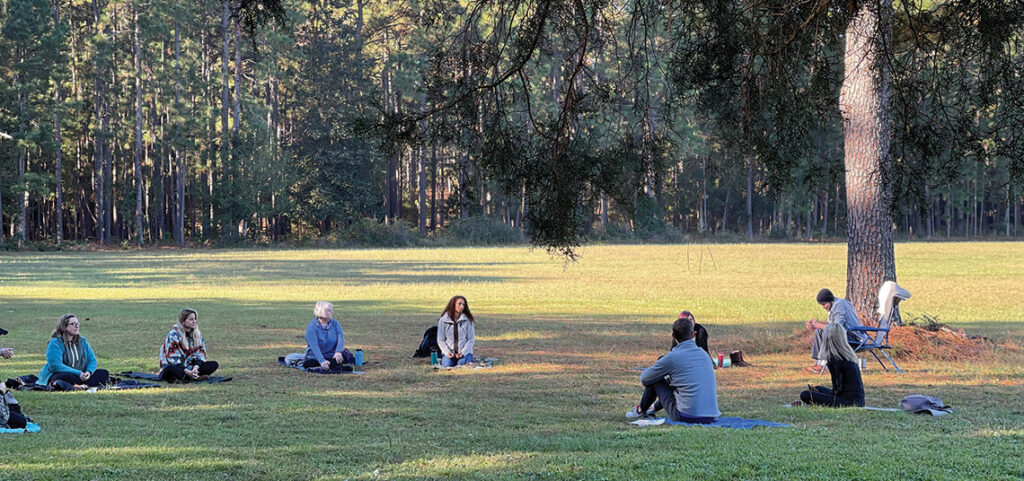
Wellness in the Pines

The Military Means Business in the Sandhills
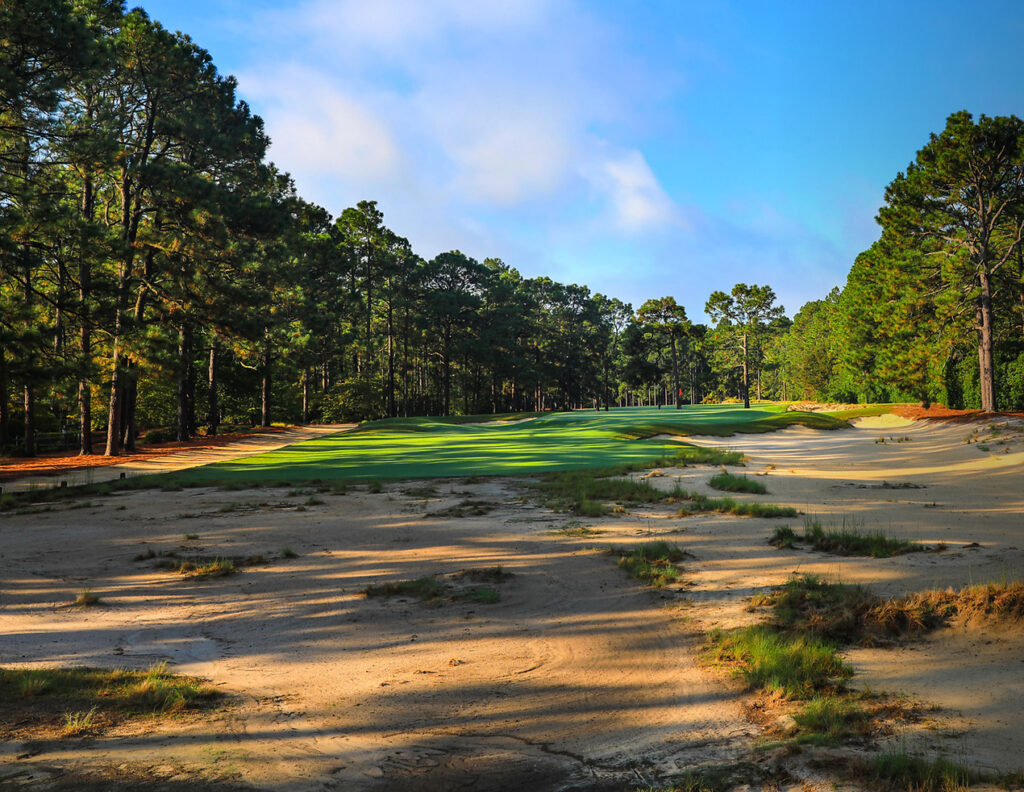
Pine Needles Goes Back in Time
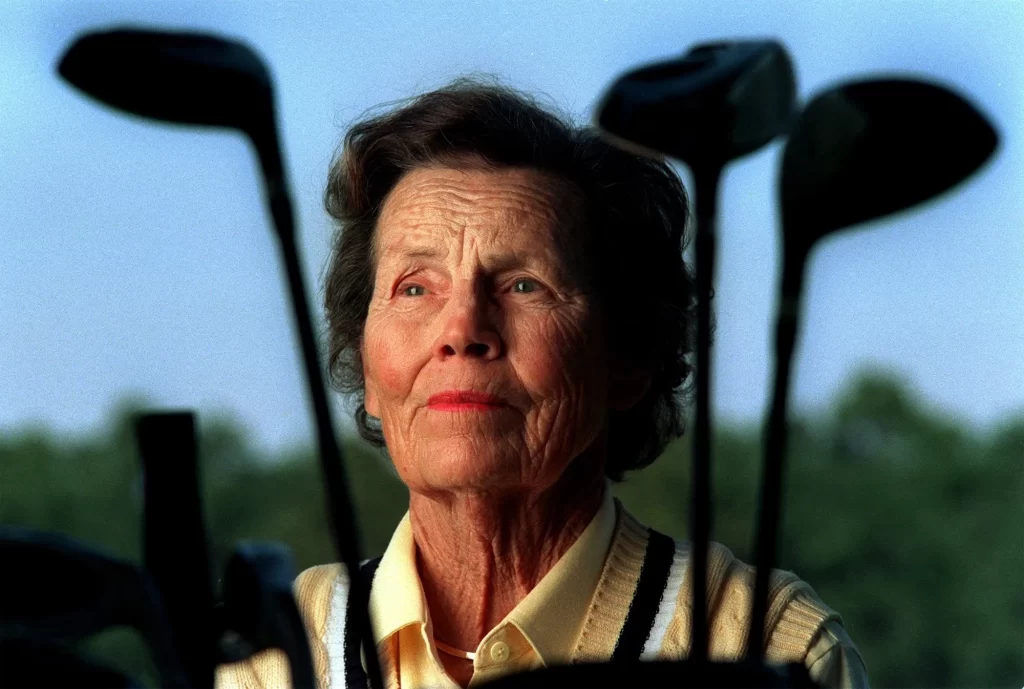
Grande Dame of Women’s Golf

A Guide to Berry Picking in the Sandhills
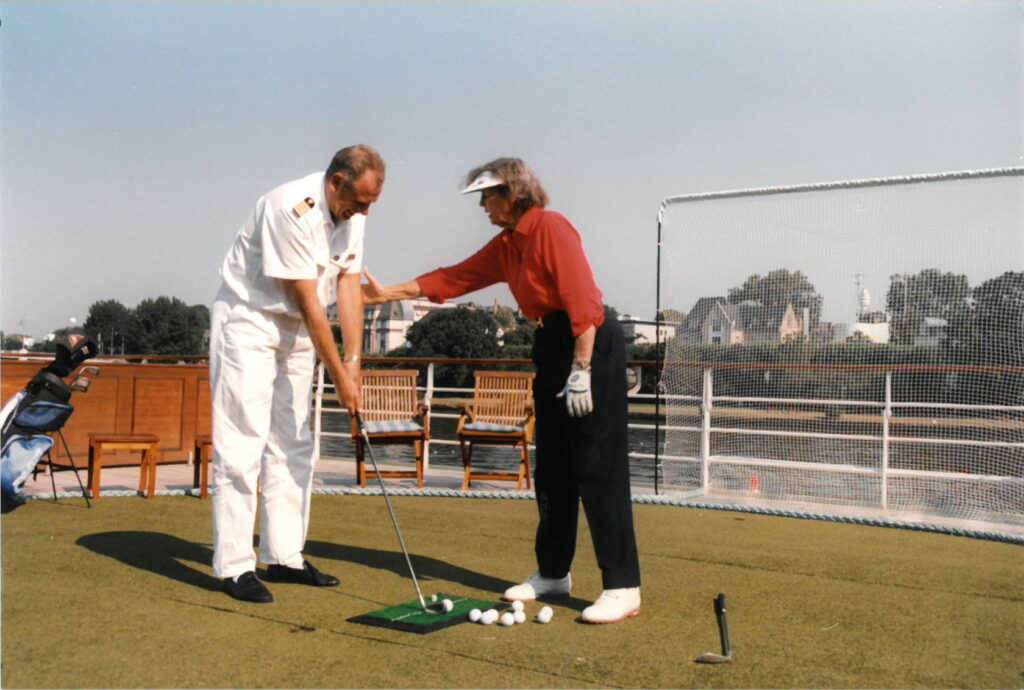
Waltzing on the Danube with Peggy Kirk Bell

From Cradle to Cradle

Donald Ross Could Golf His Ball
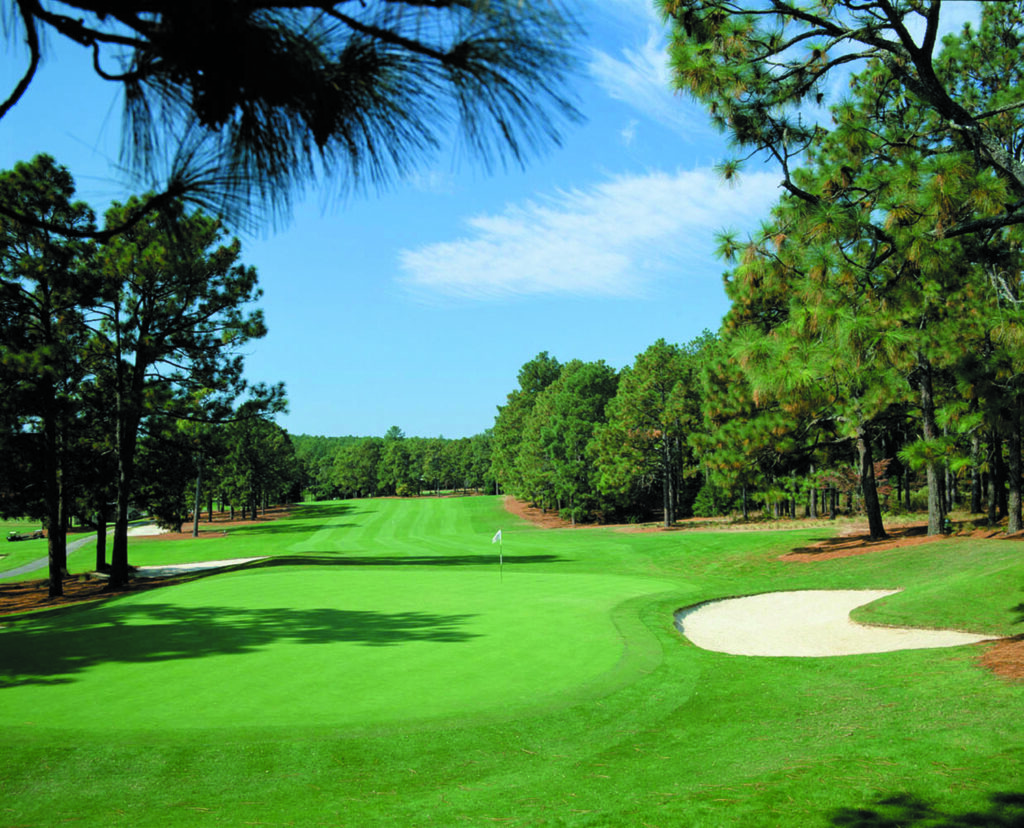
No Resting on Laurels Around the Home of American Golf

Flower Farms in the Sandhills
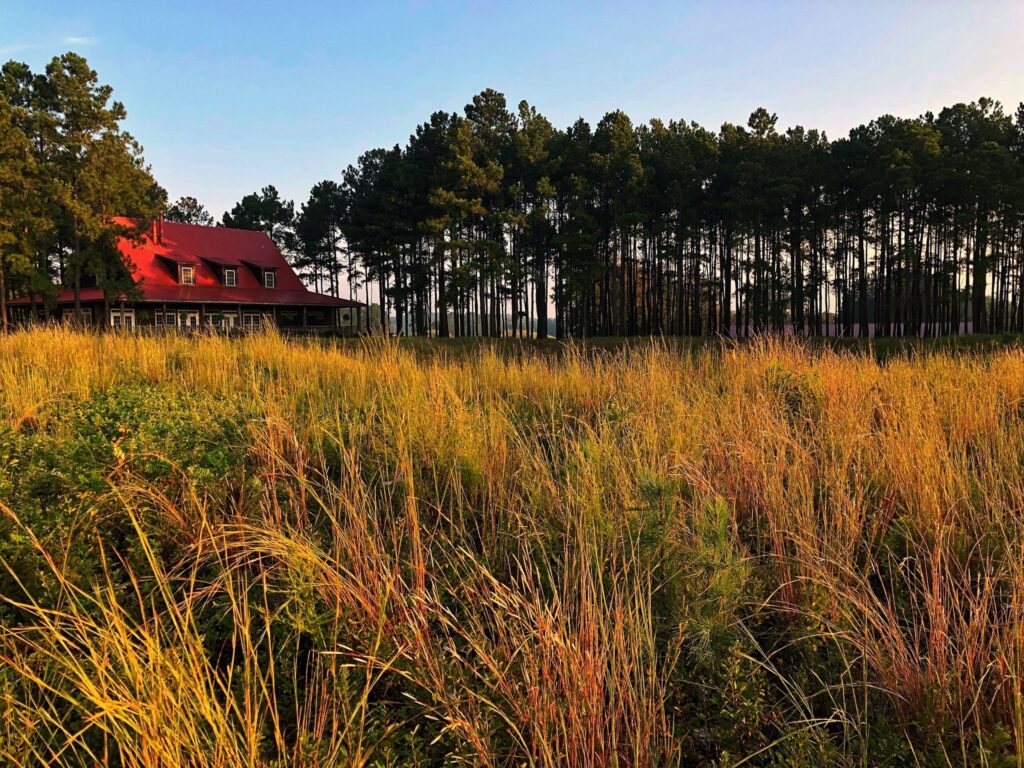
Fall into Pinehurst Golf

What Goes Around…
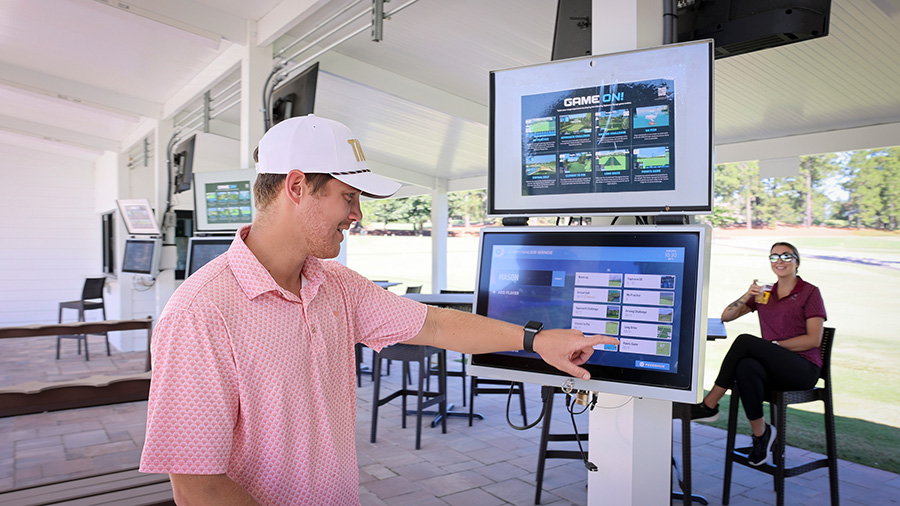
Talamore Resort Debuts New Toptracer Range

The History of the Pinehurst Inns
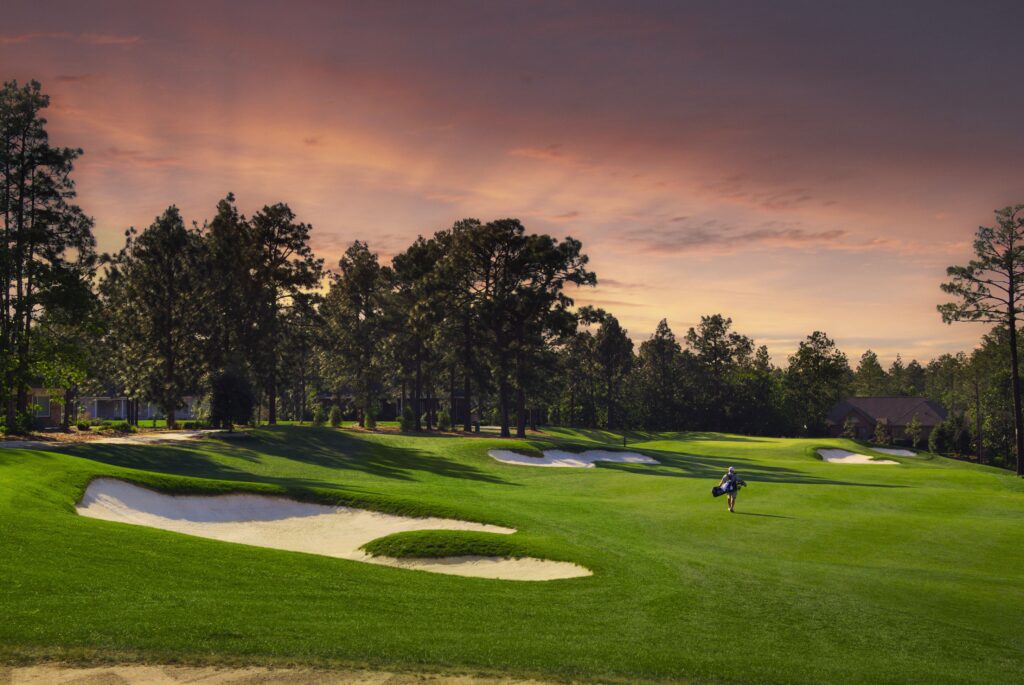
“For me, Pinehurst is such a special place for golf!”- Tom Fazio
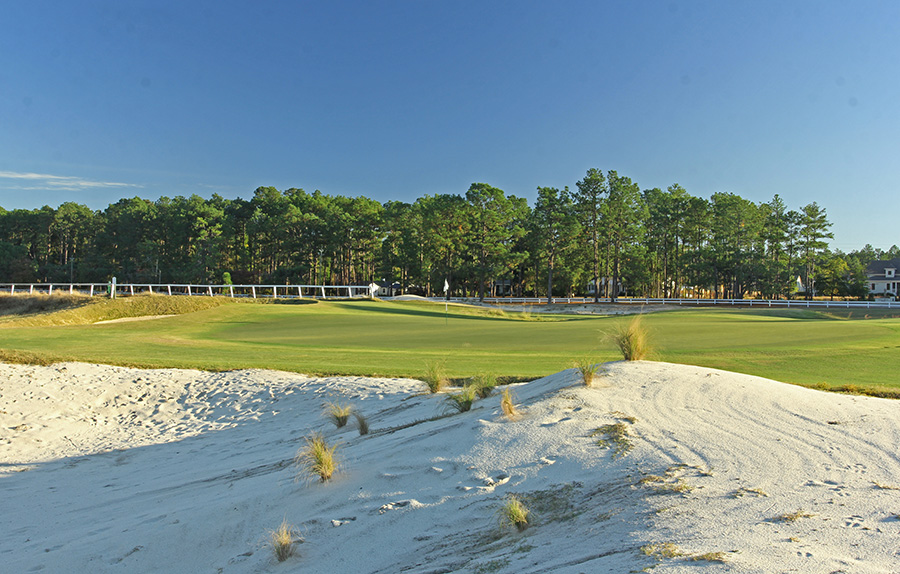
Maples Roots Run Deep in Sandhills Golf Design

New Southern Pines Mural

Pinehurst Area Buzzing with 2023 Excitement

Discover the Sweetness of the Sandhills
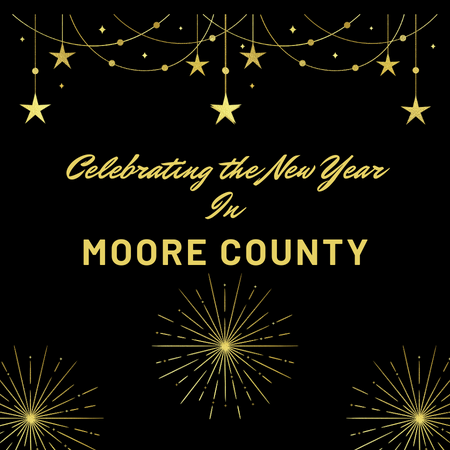
Celebrating the New Year in Moore County

The Big Three
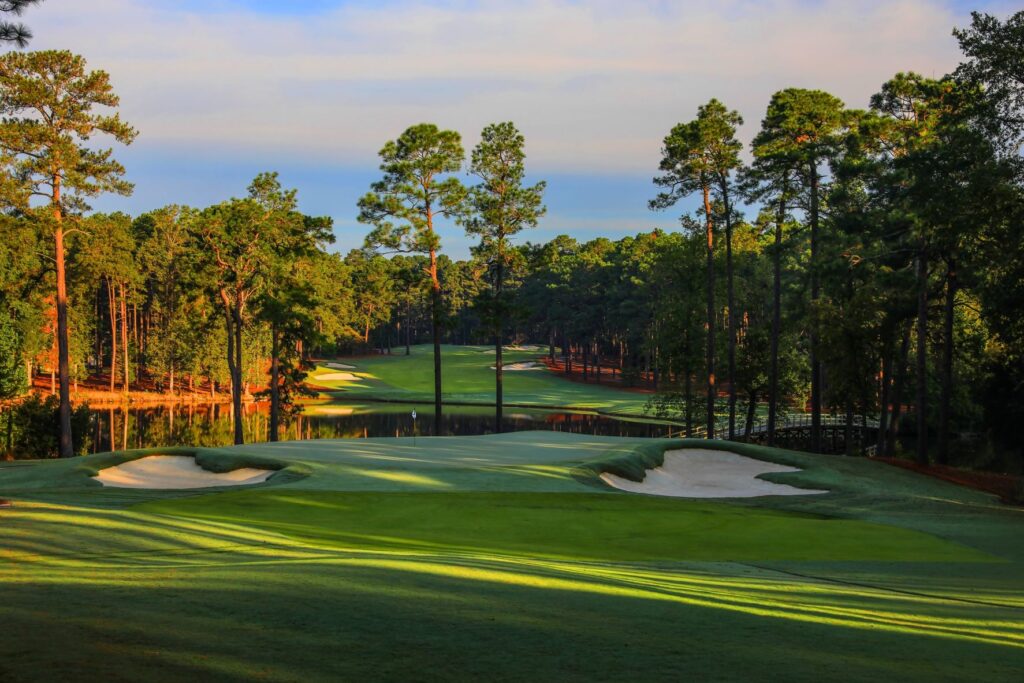
Jones Family Imprint
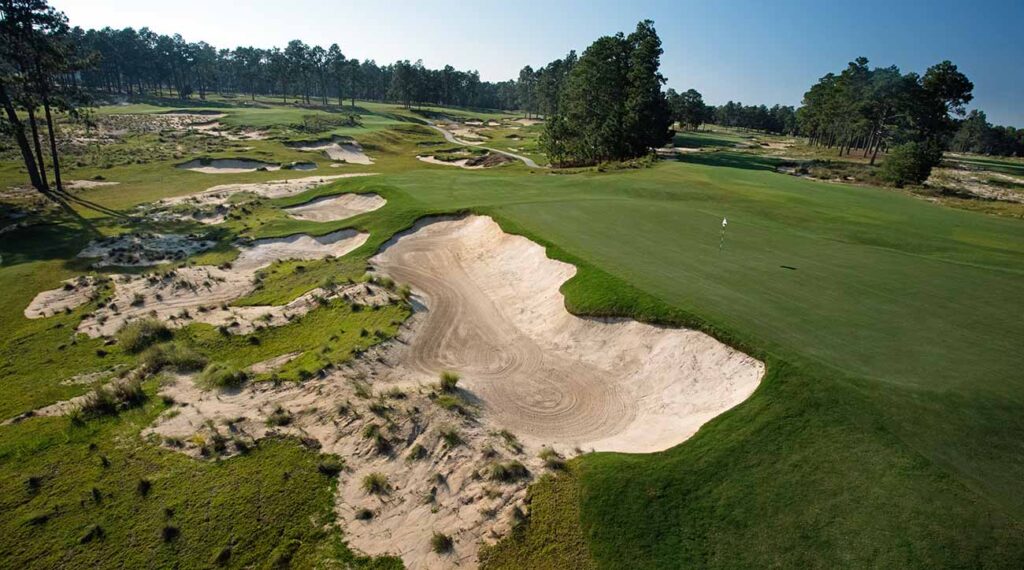
The Hanse Touch
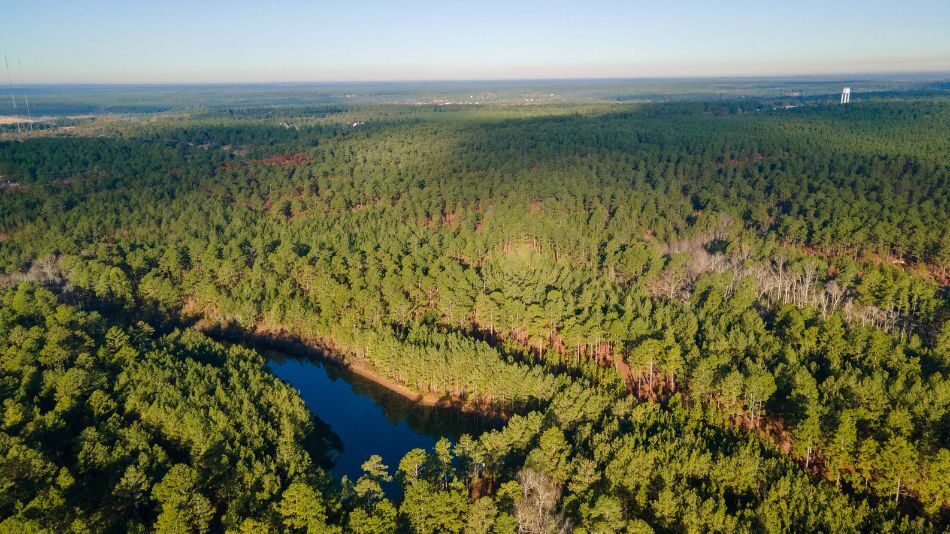
Pinehurst Resort Announces New Course to be Designed by Tom Doak
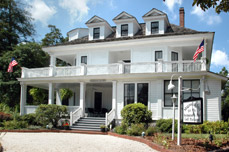
PINEHURST’S MAGNOLIA INN REOPENS
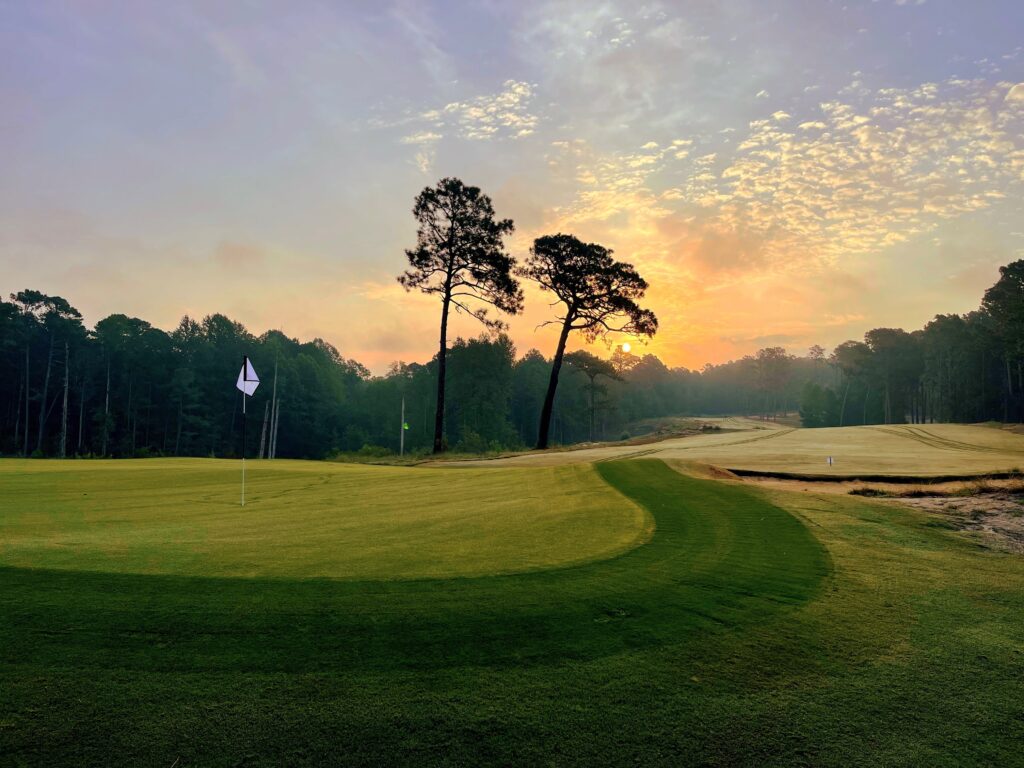
Southern Pines Golf Club Recognized
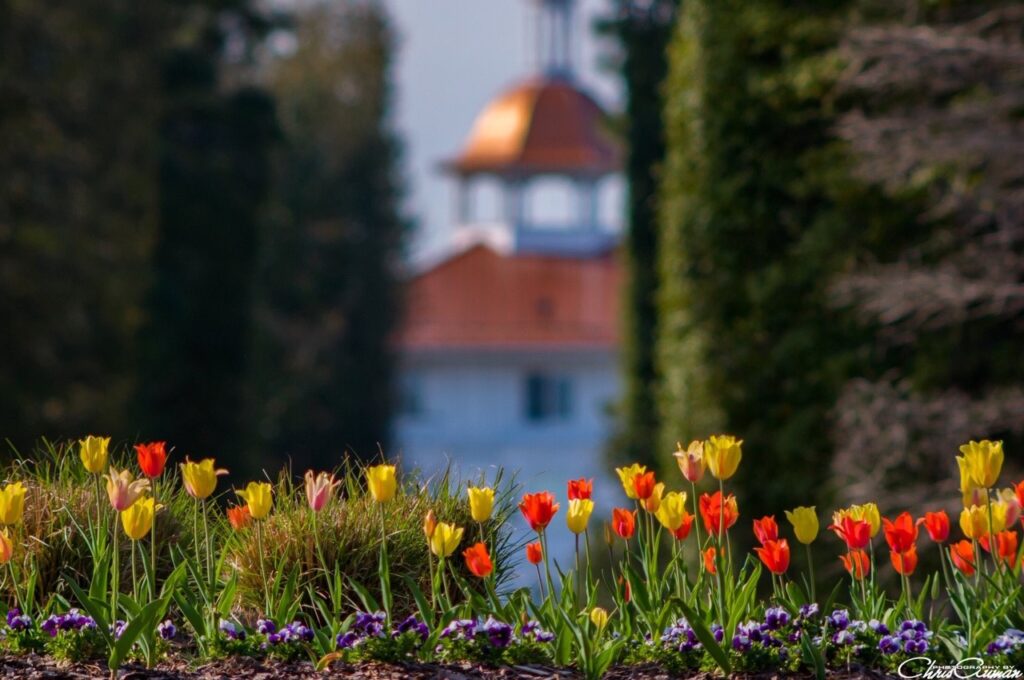
Spring in the Sandhills

Mother/Daughter Weekend in the Sandhills
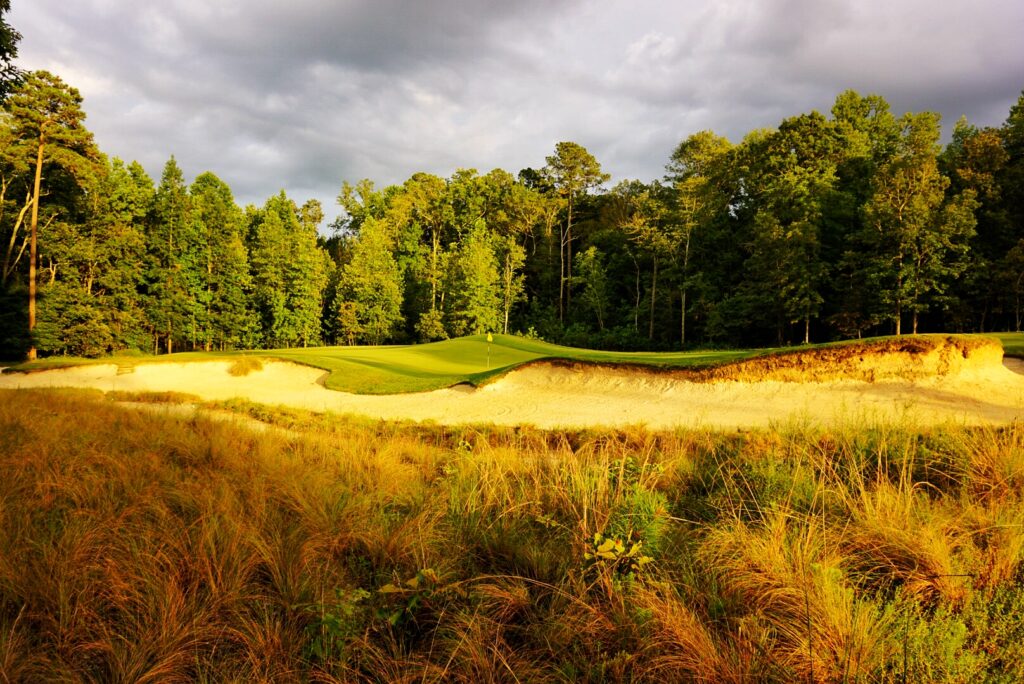
A Few of Our Favorite (Golfing) Things
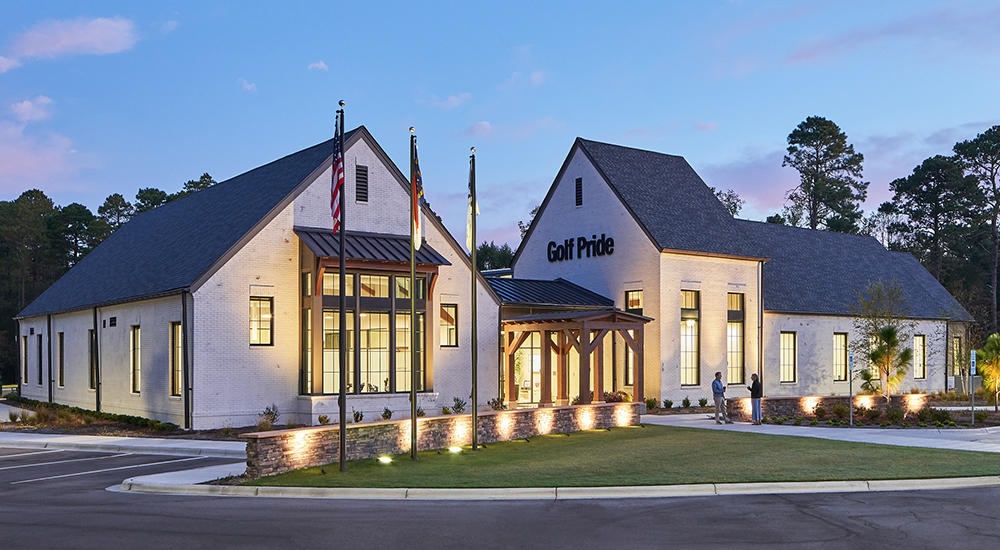
Golf Pride Retail Lab
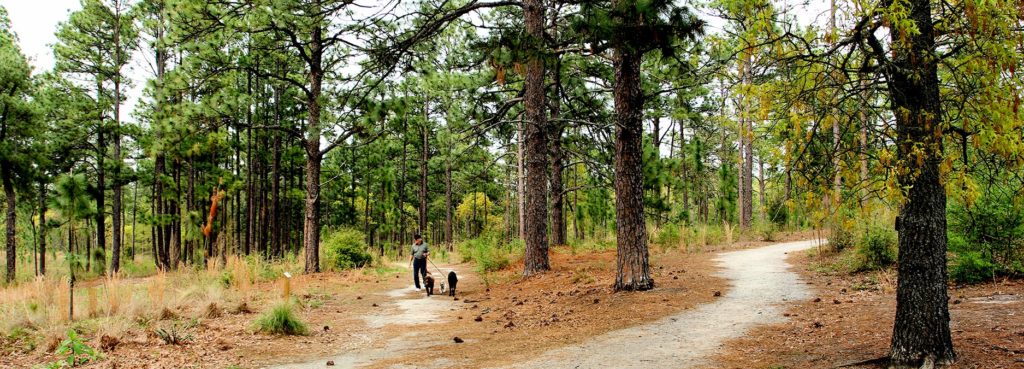
6 Trails to Explore for the Year of the Trail

Pinehurst No. 2 Still Ranked Best Course in NC

Sandhills Ecology 101
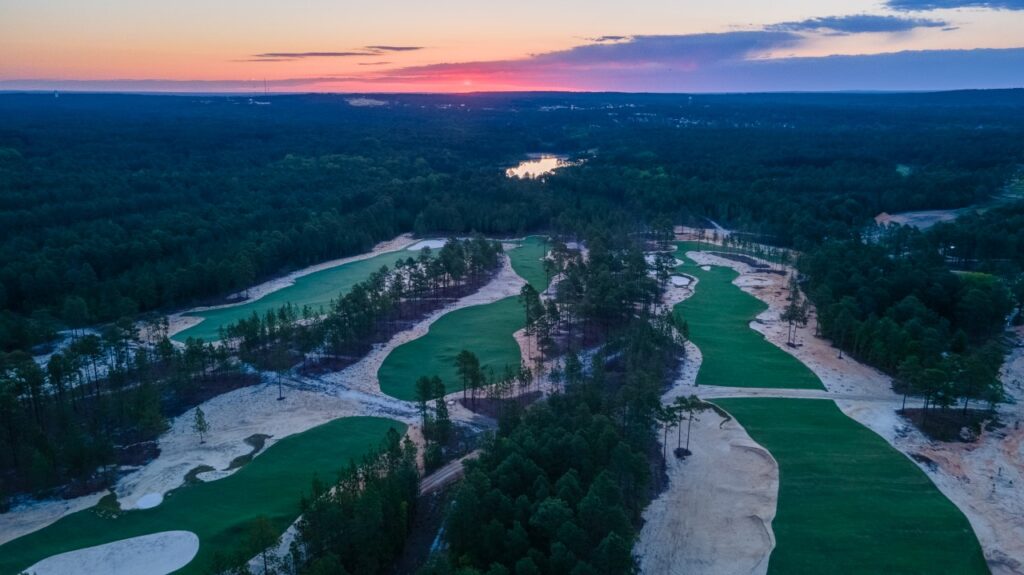
X Marks the 10-Spot

Best Date Night Ideas in the Sandhills
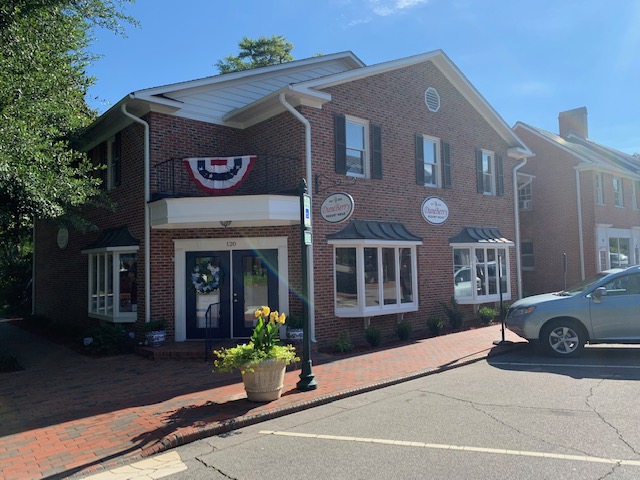
Small Towns Big Style

9 Urban Trails Around Pinehurst Area
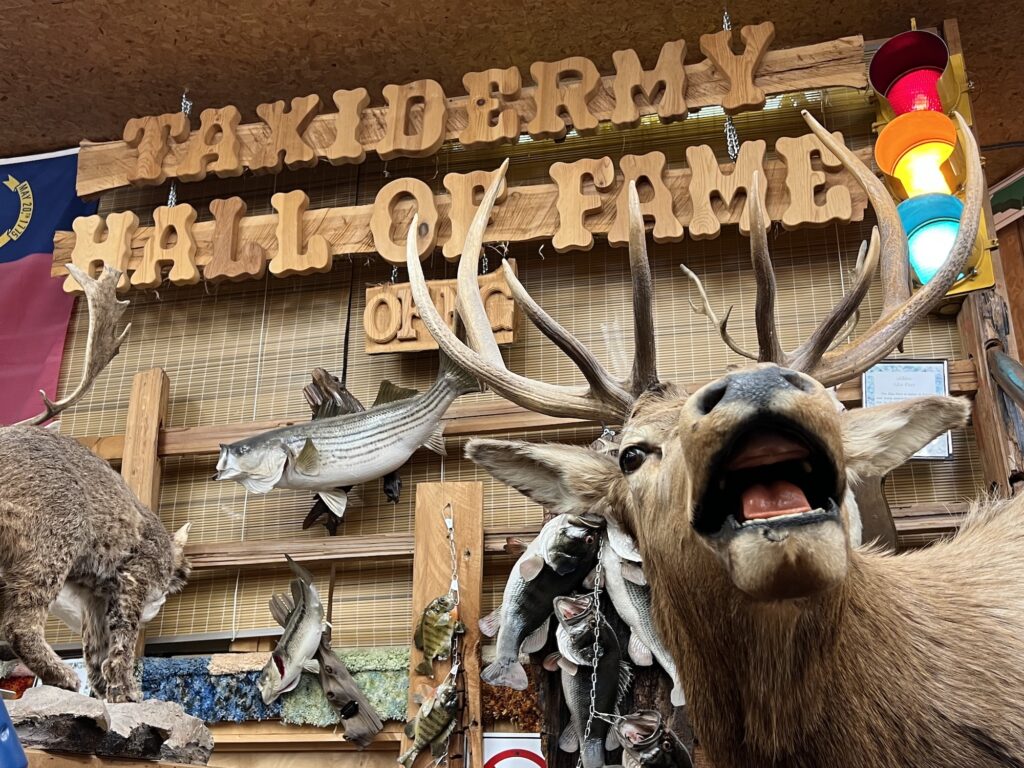
Uniquely Pinehurst

2024 U.S. Open: A Look Ahead

1999 U.S. Open: A Look Back

A Restorative Weekend Getaway at Tanglewood Farm B&B in Southern Pines
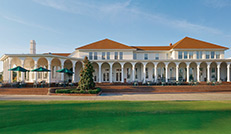
Top Things To Do On A Long Weekend

Independence Day in the Sandhills
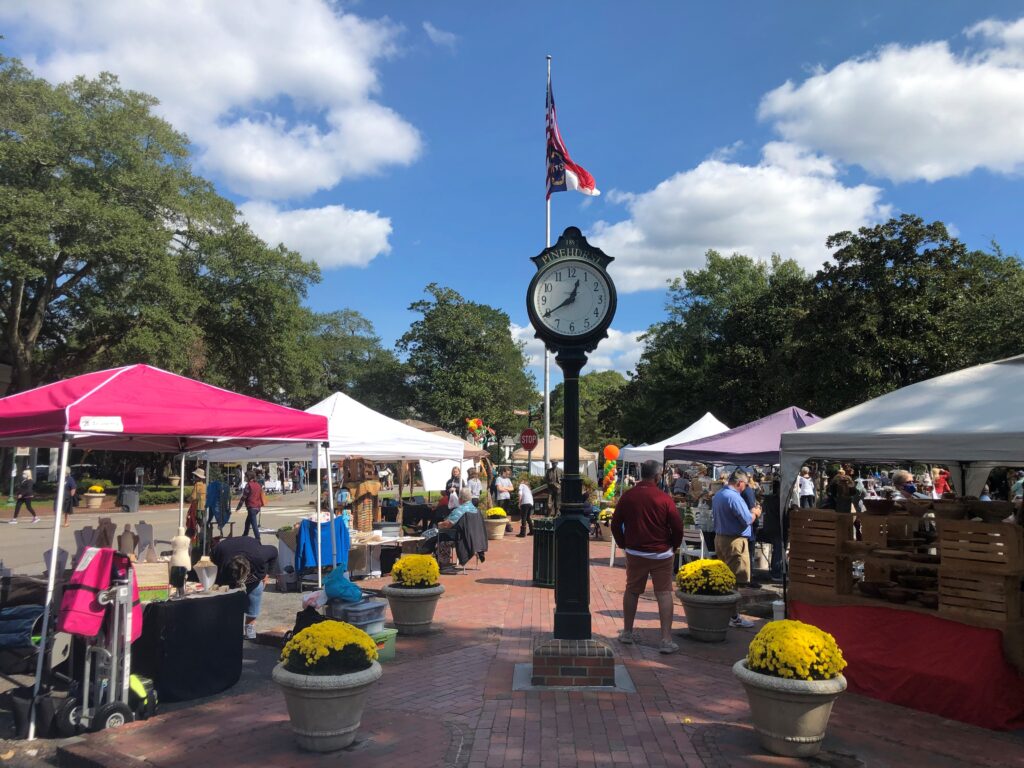
Fall Events Around the Sandhills

Celebrating NC Peaches

Kid You Not
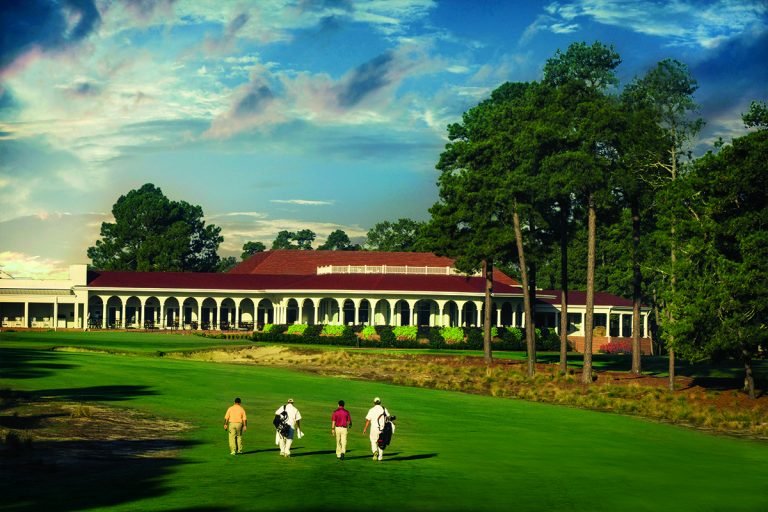
Sleepy Summers No More
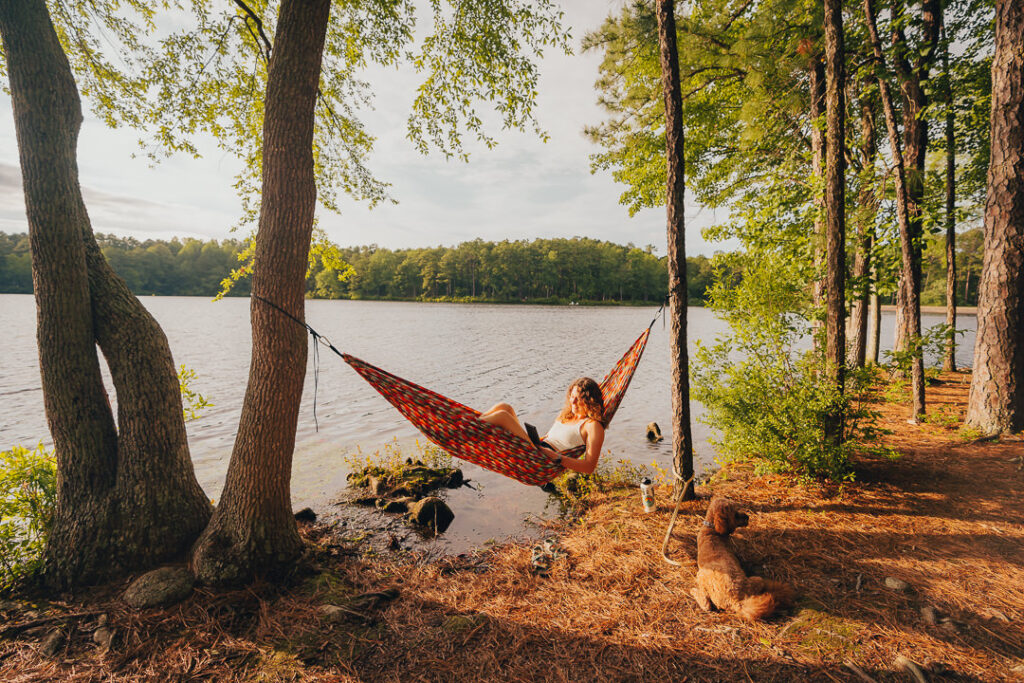
Getting Outside
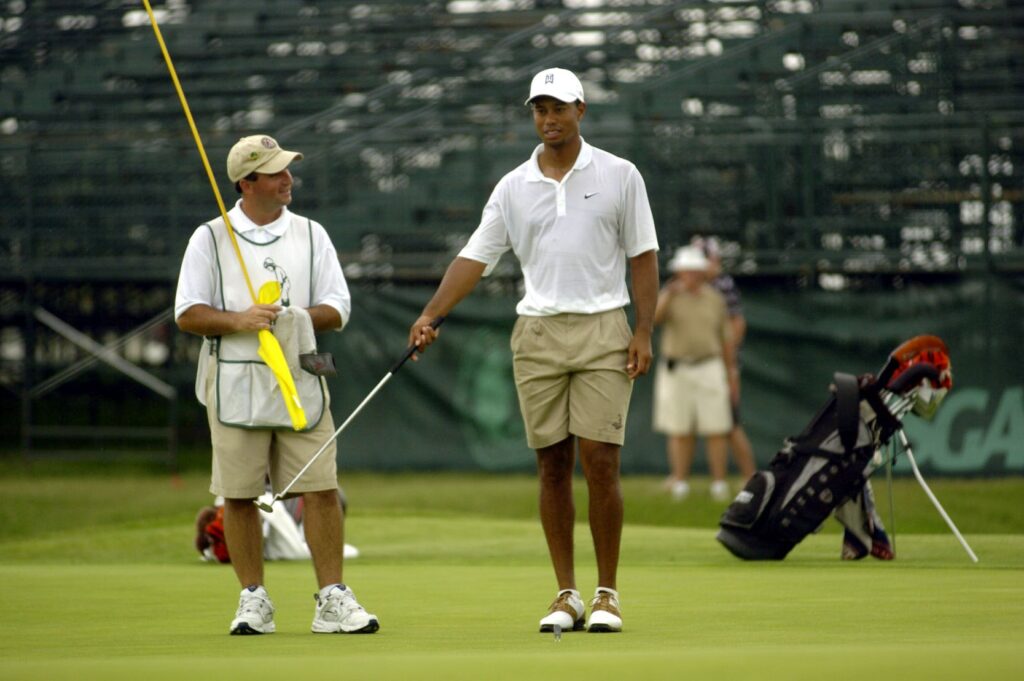
When They Were Young
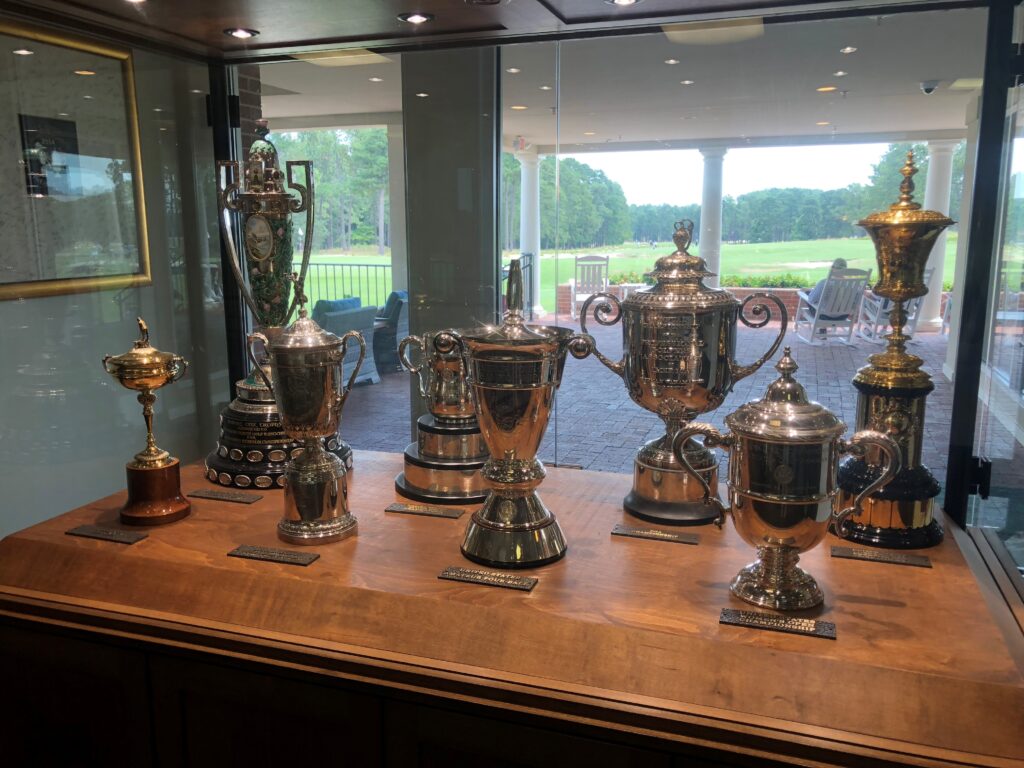
Pinehurst Major-itis

Loving Our Black & Whites
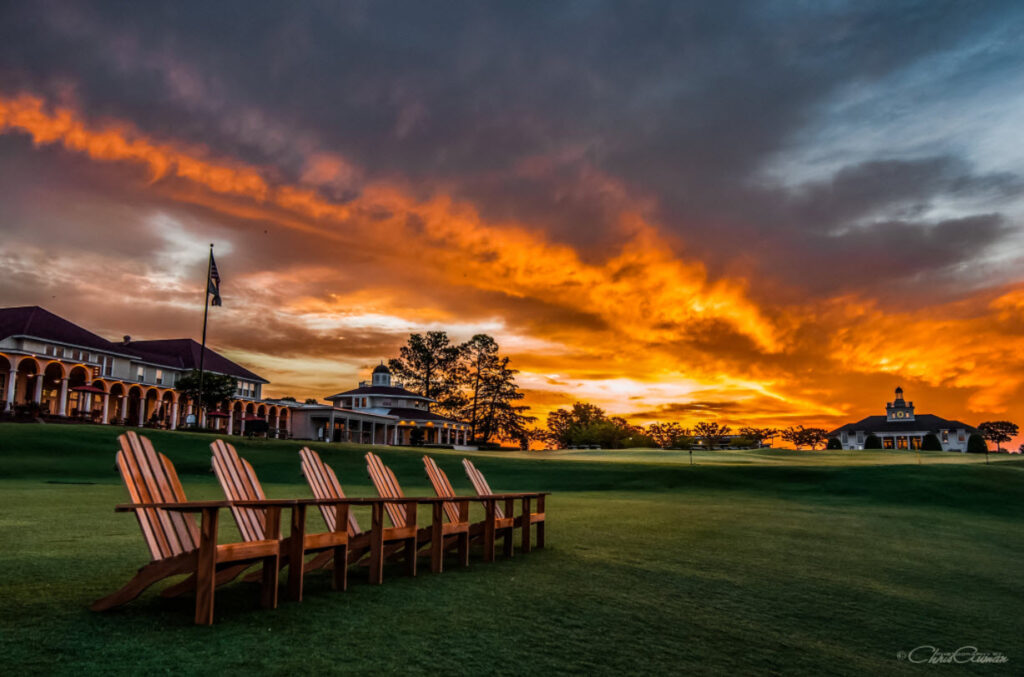
Lens of the Sandhills

Festival D’avion Named as Signature Event
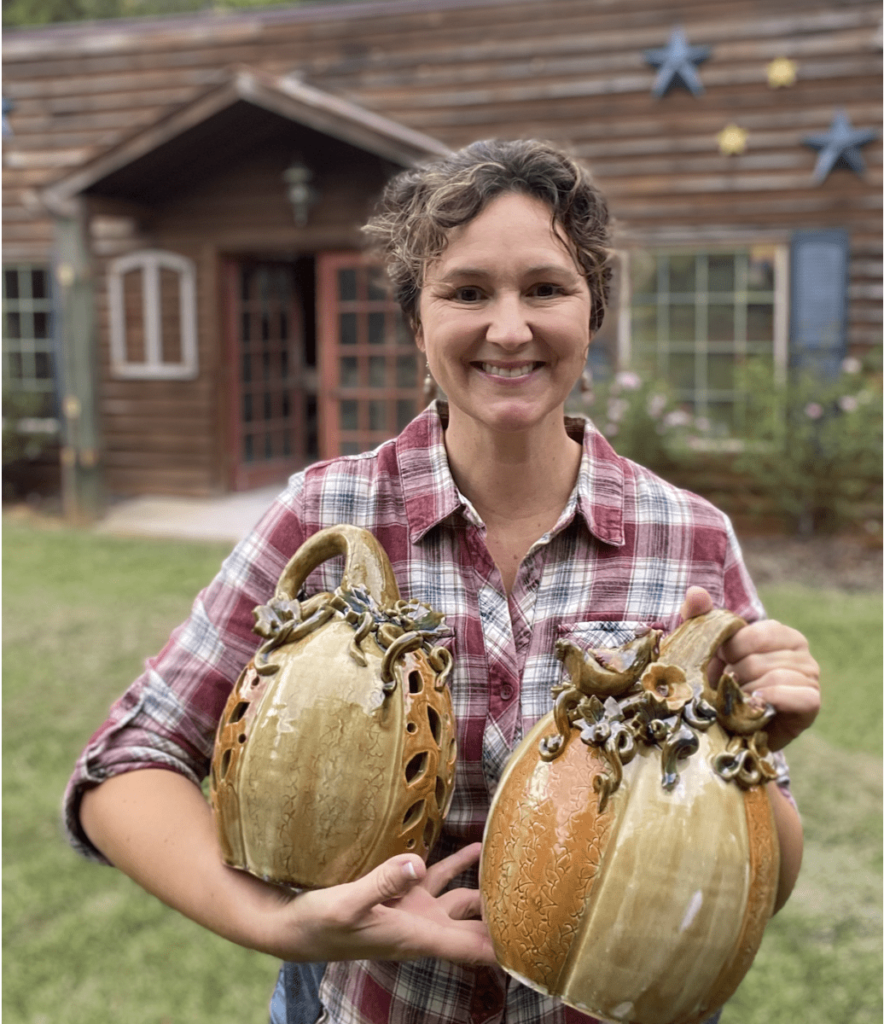
Celebrate American Craft Week

Act Two for Tot Hill Farm
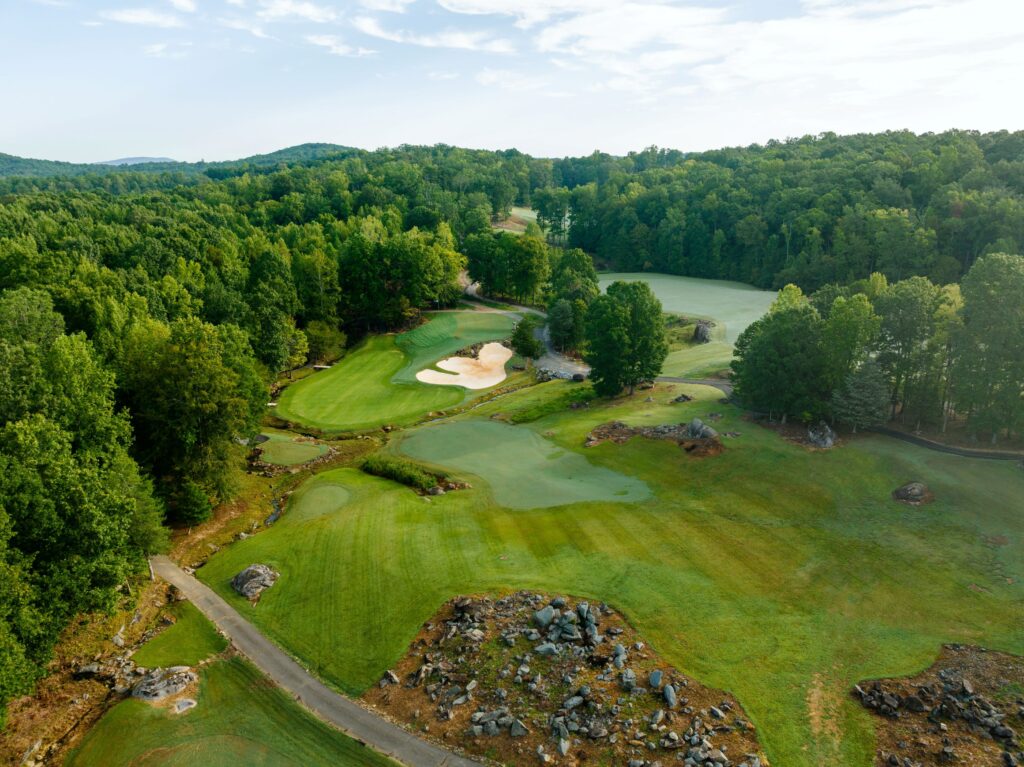
An Artist in the Dirt
Legends of the Pines

Breakfast Joints of the Sandhills

The Scottish Invasion

To Dornoch and Back
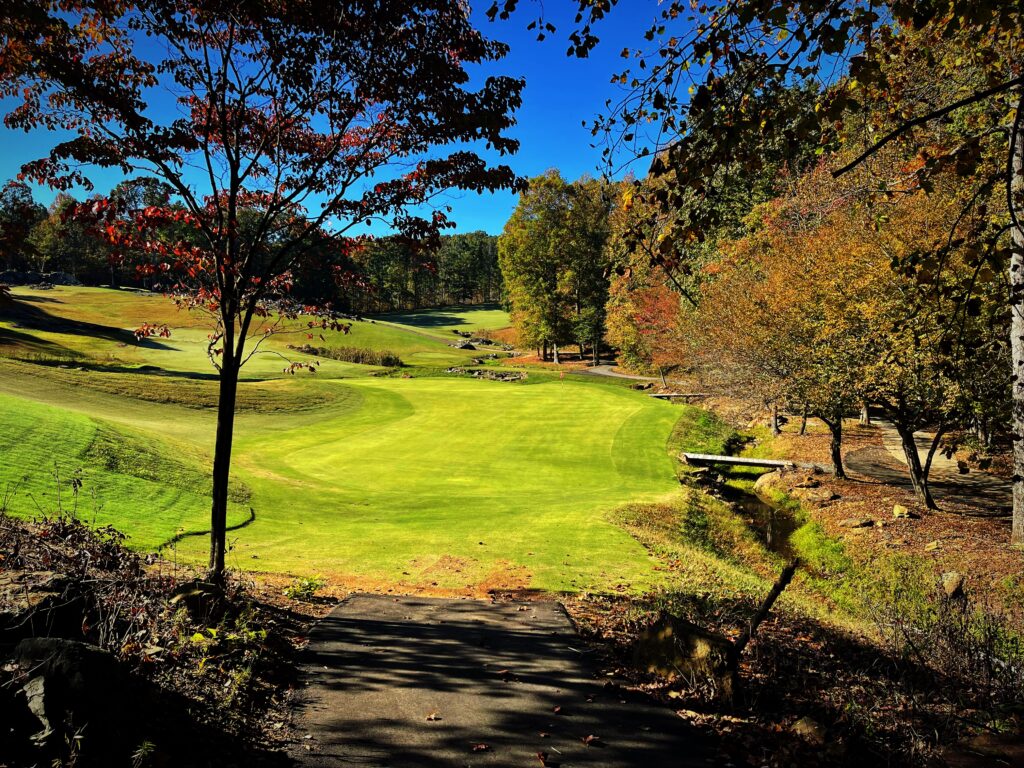
A “New” Pinehurst Welcomes the World in 2024
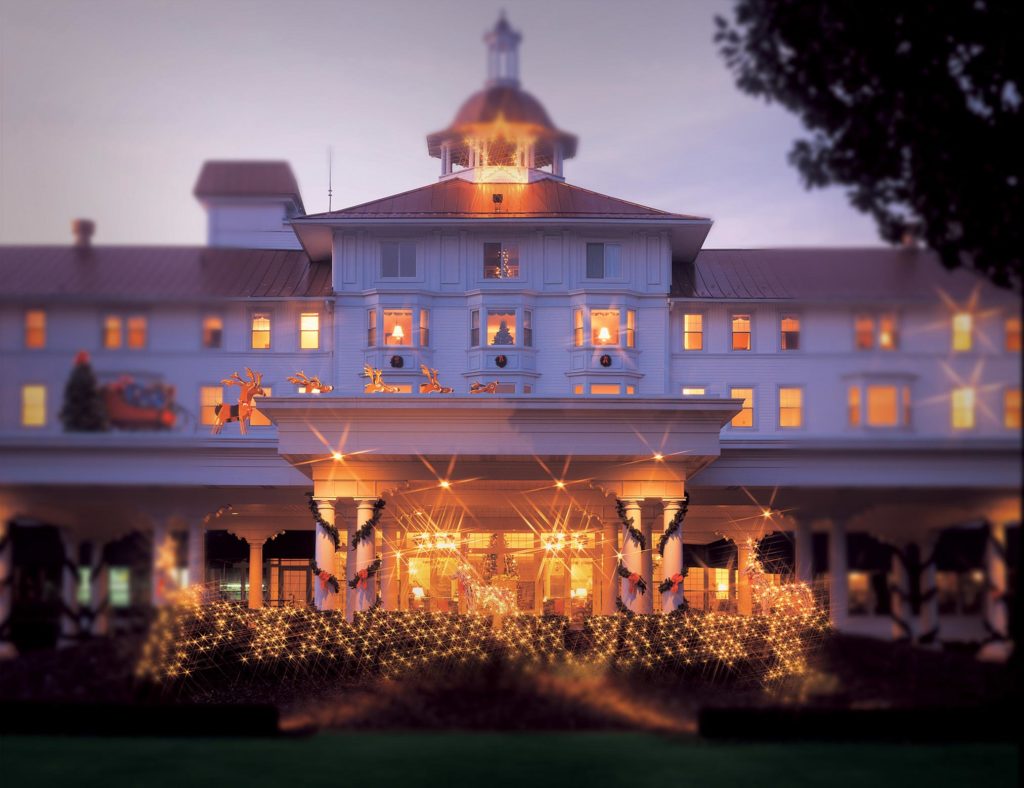
Pinehurst Holiday
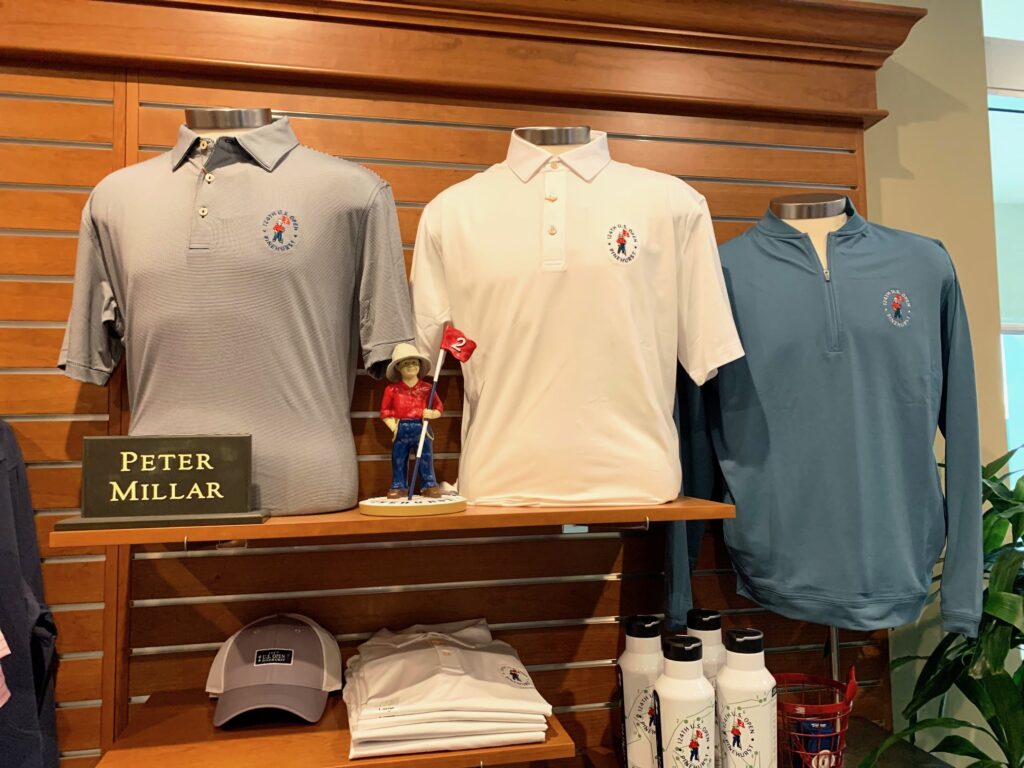
Golfers Gift Guide
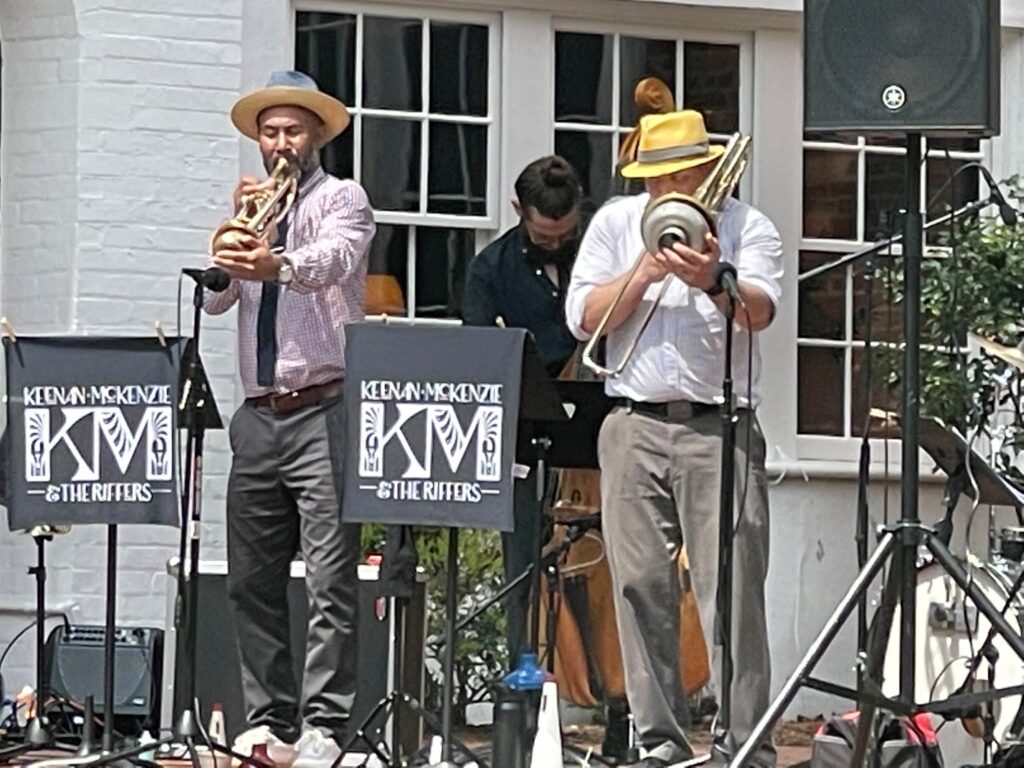
Sandhills Nightlife Scene

A U.S. Open Year
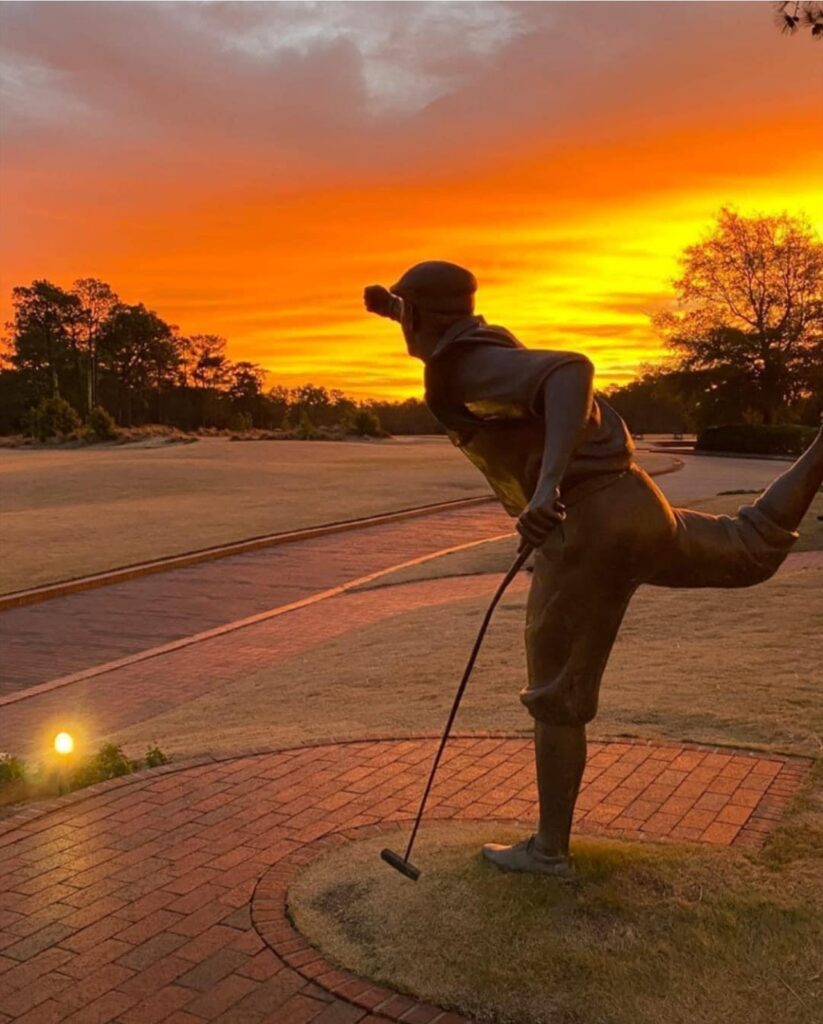
Payne at 25

Where to Antique in Cameron and Carthage

Girls’ Weekend in Moore County
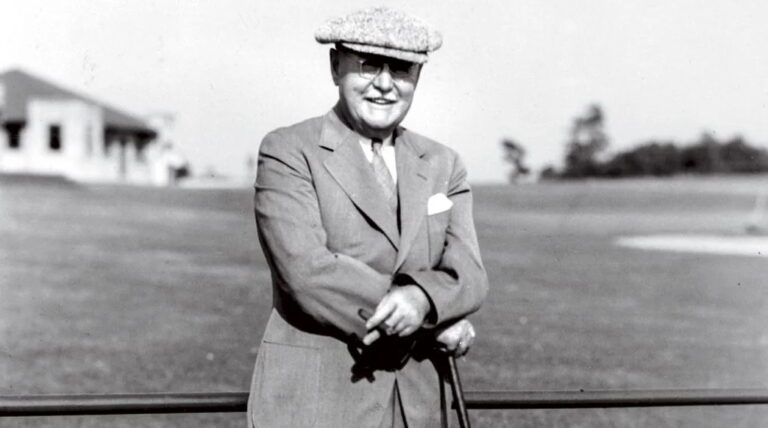
Sandhills Hall of Fame
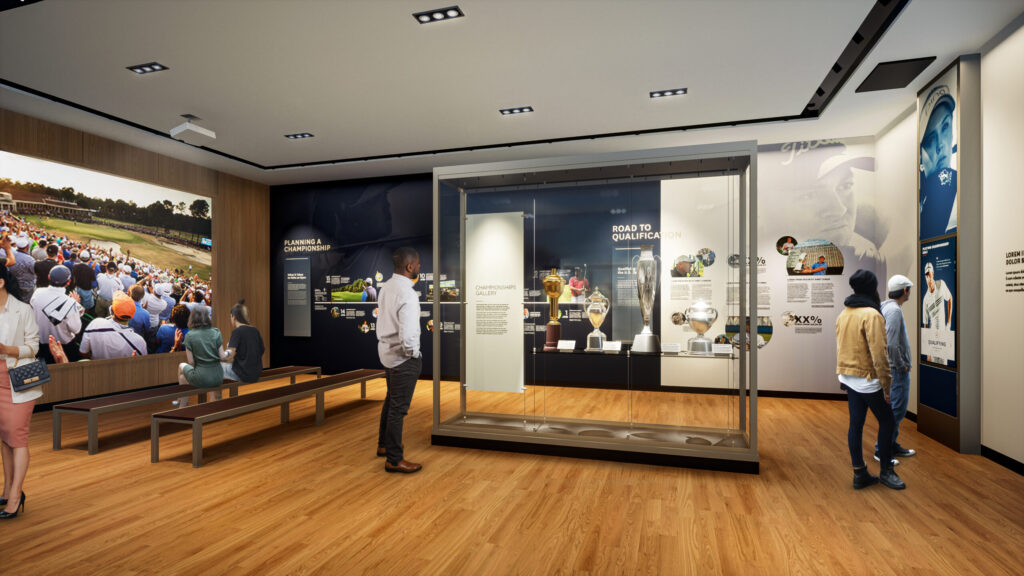
Hall of Fame Take Two
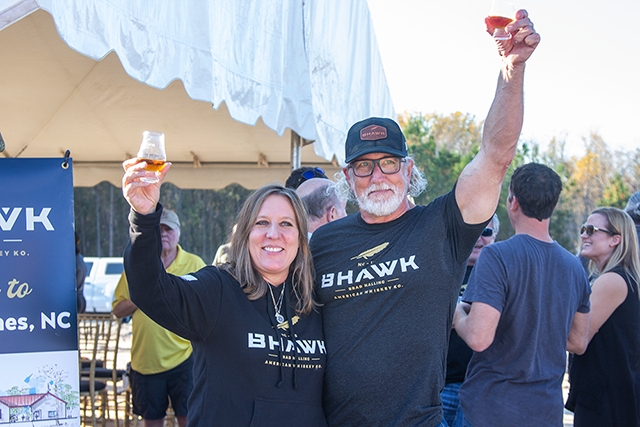
BHAWK Distillery Toasts Military Spirit
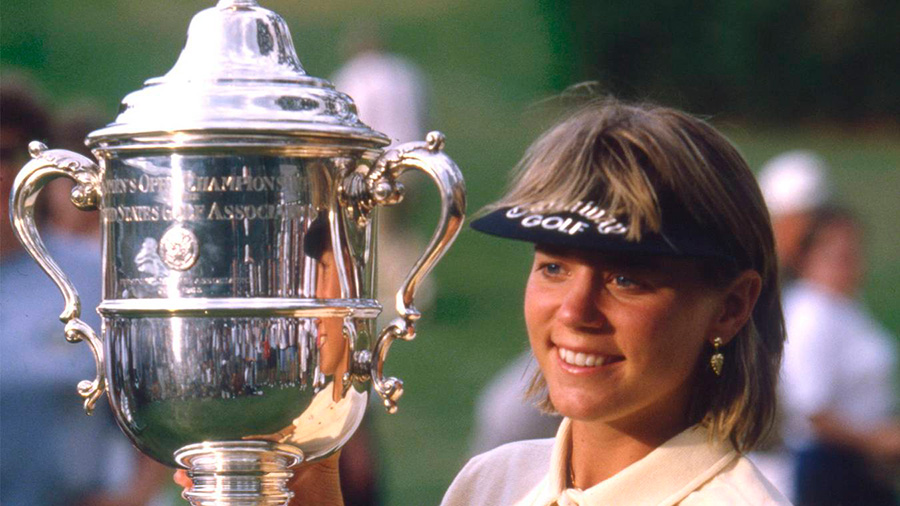
A Dozen Master Strokes
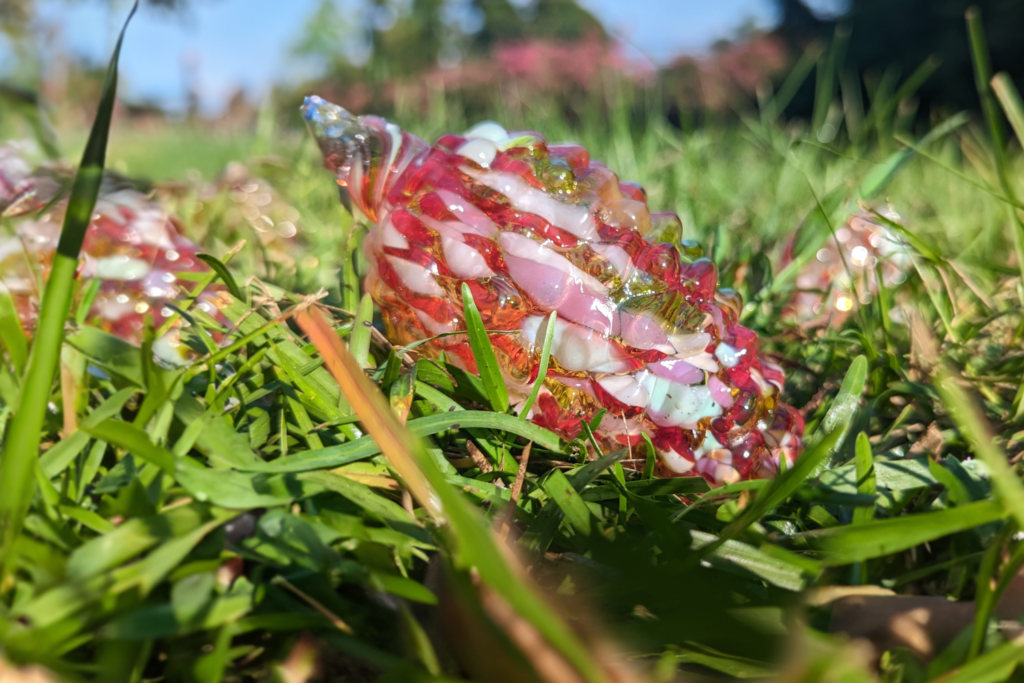
Popular Pinecone Pathways Returns for Spring 2024
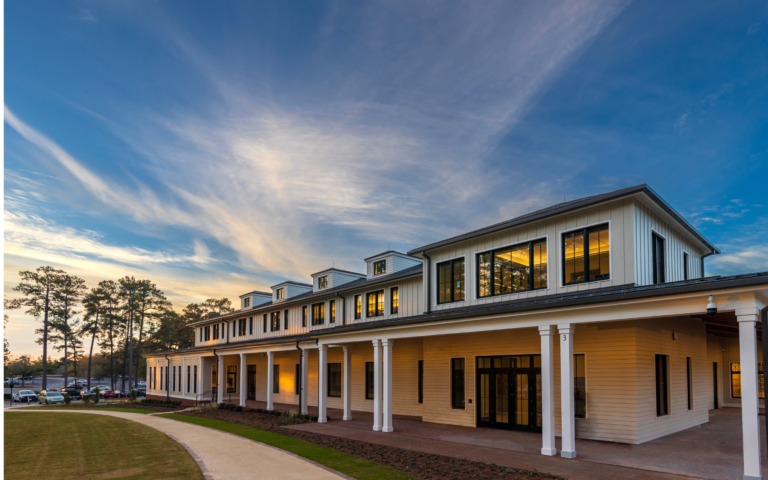
The Dynamic Decade
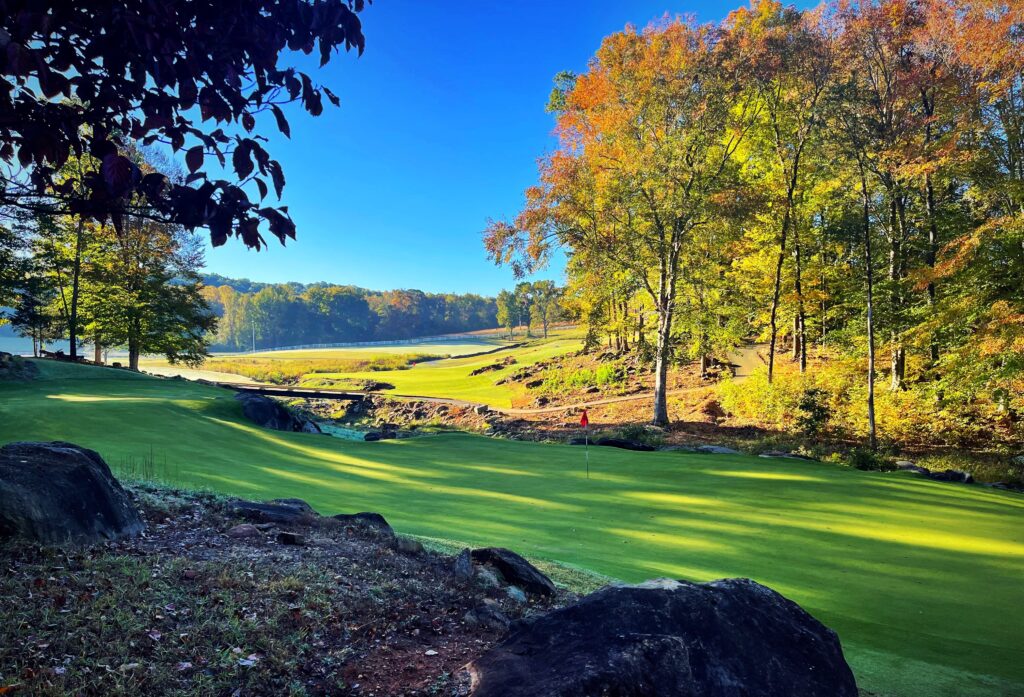
Sandhills Pours Double Dose
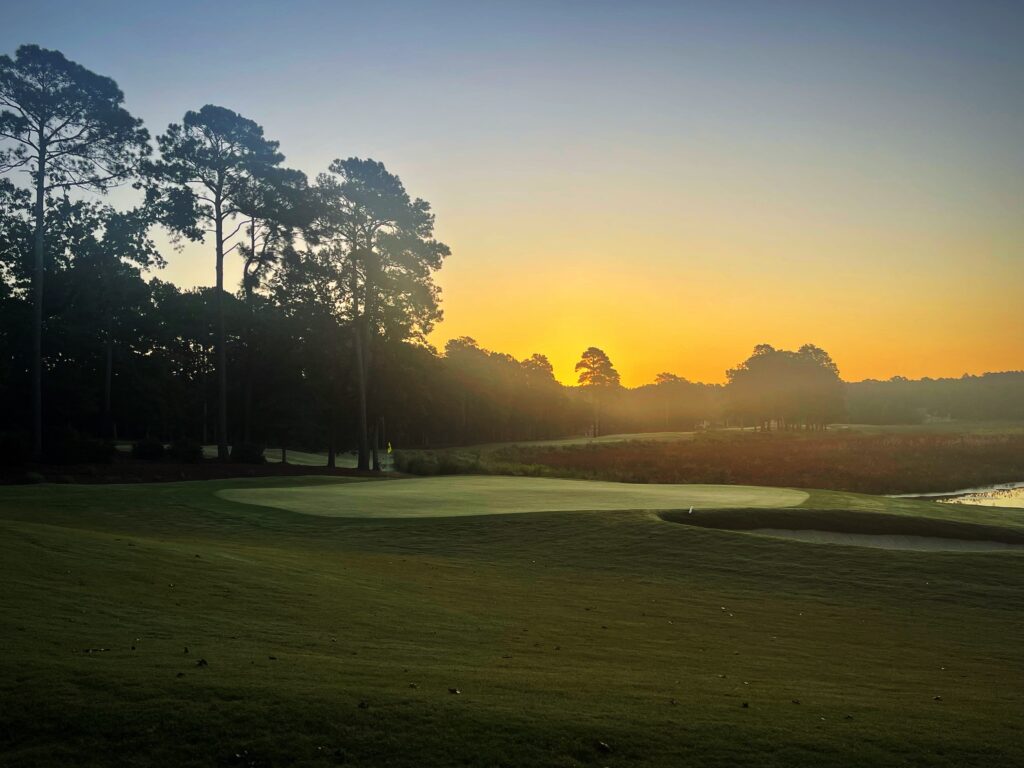
Rebirth at Woodlake

Pints in the Pines: A Guide to the Breweries of the Sandhills

Count to Ten
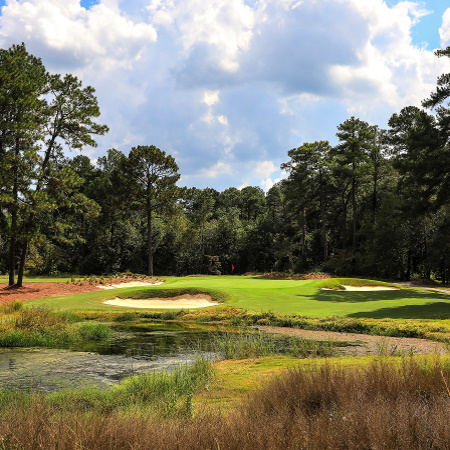
Architect’s Mosaic
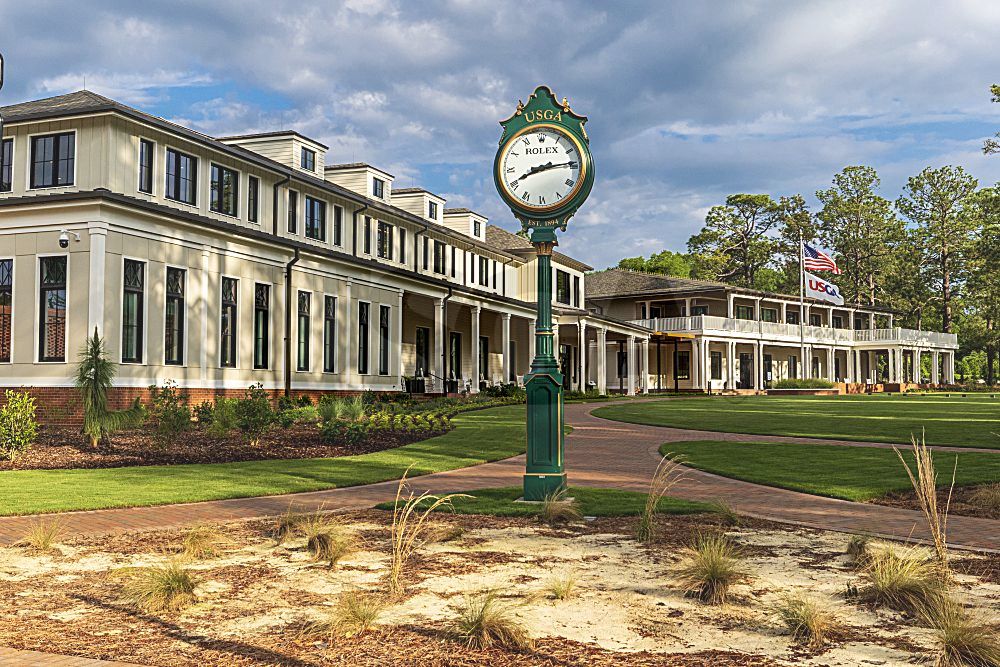
USGA Officially Opens Golf House Pinehurst
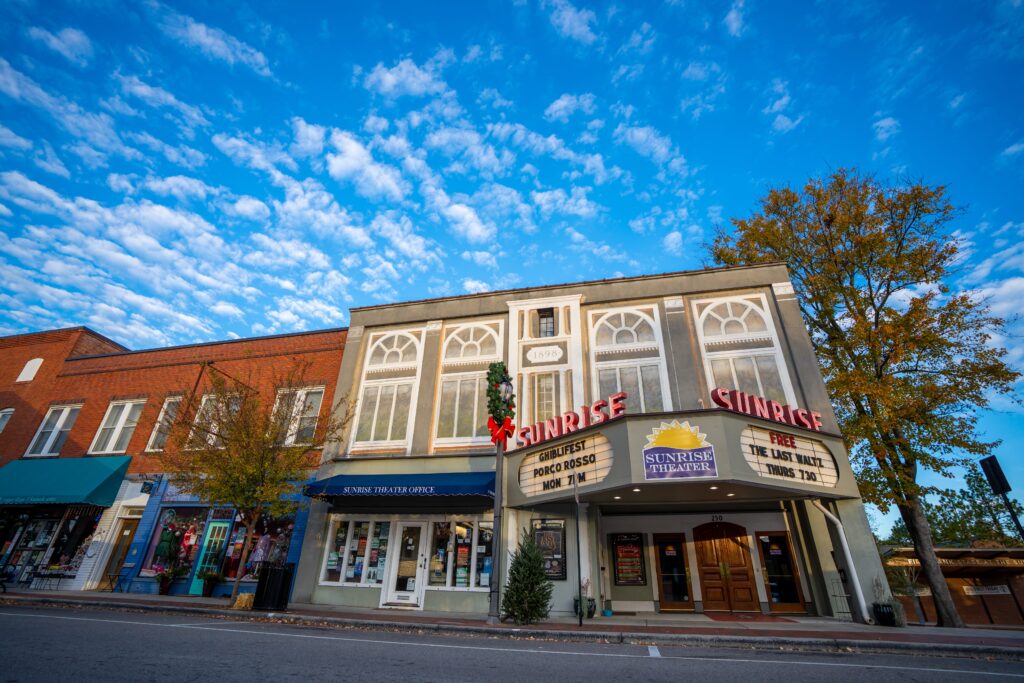
No Putter, No Problem

Meet the Makers

The Eve of the Open
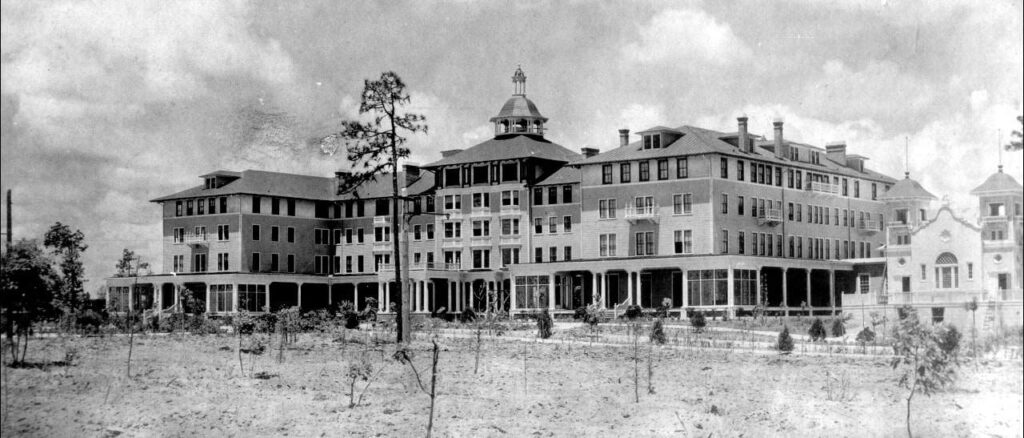
The Coincidental Resort

The Shot
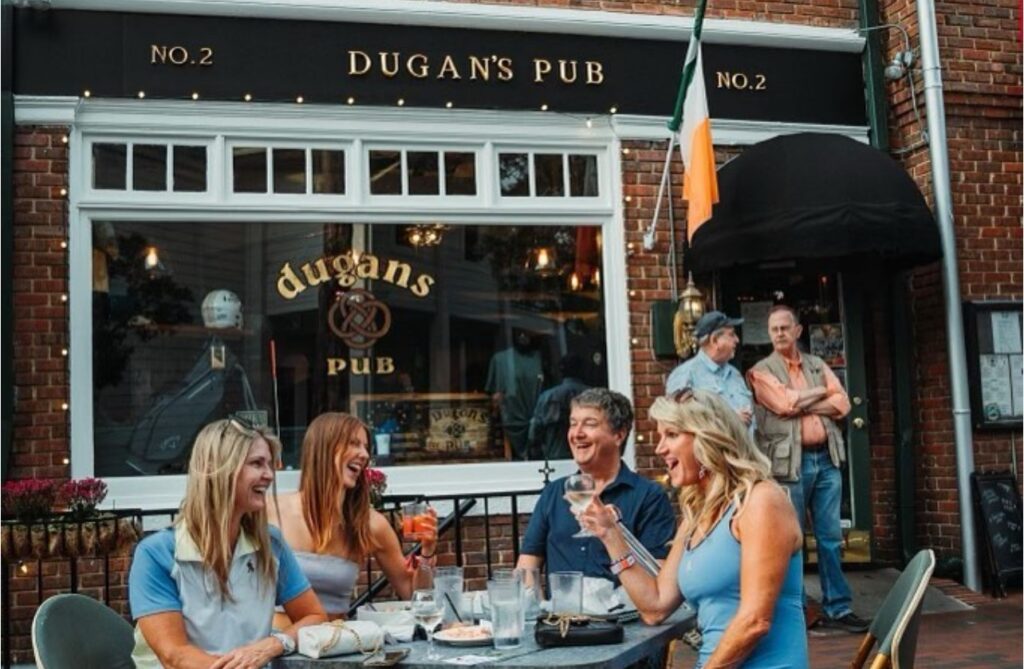
Village People

Pinehurst Area Basks in U.S. Open Glow
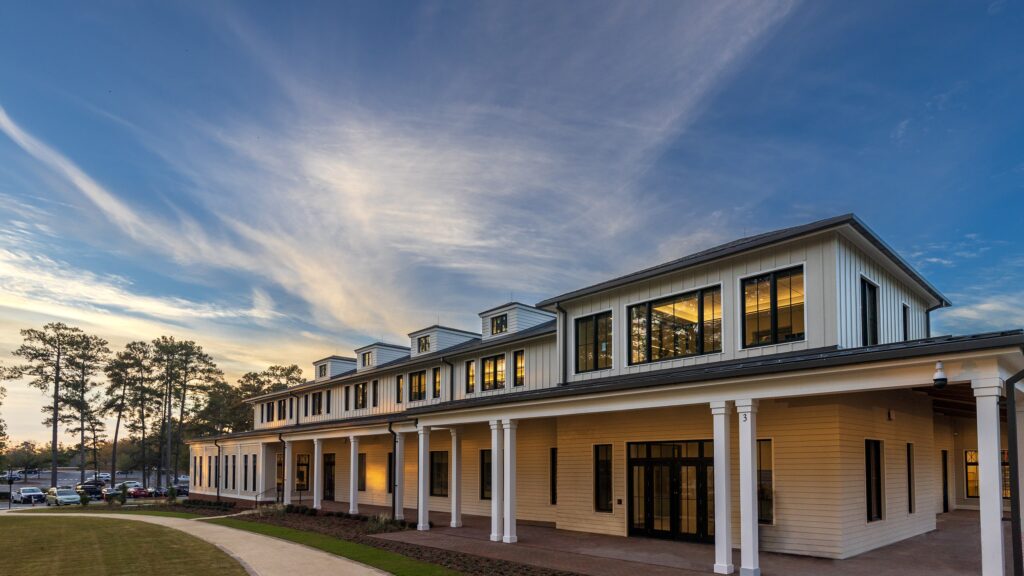
World Golf Hall of Fame

